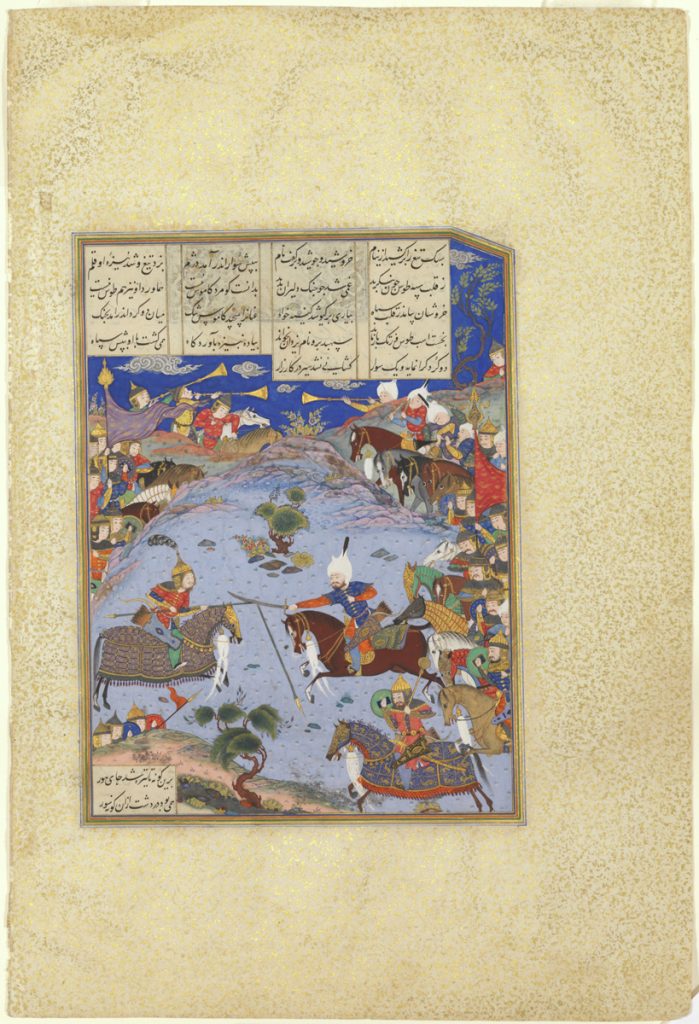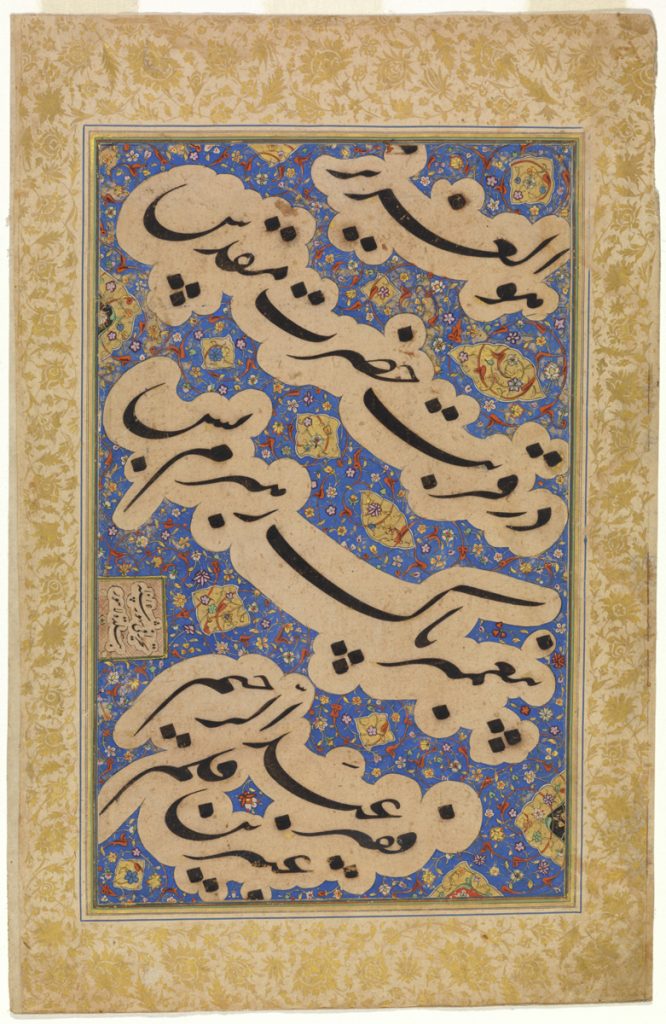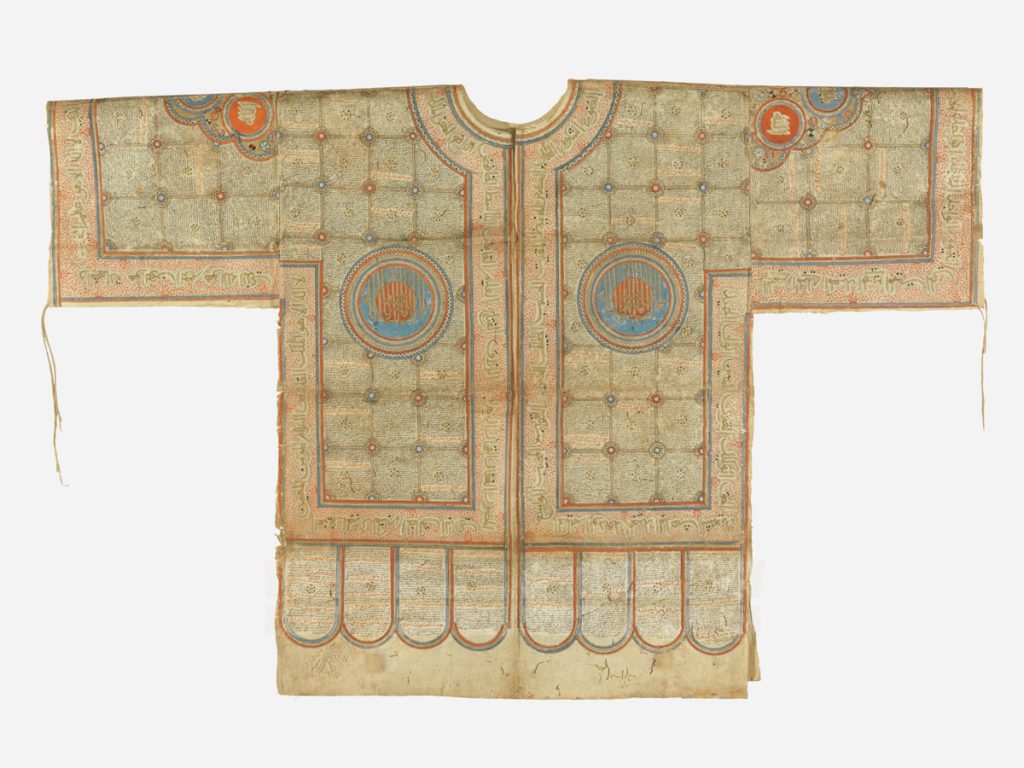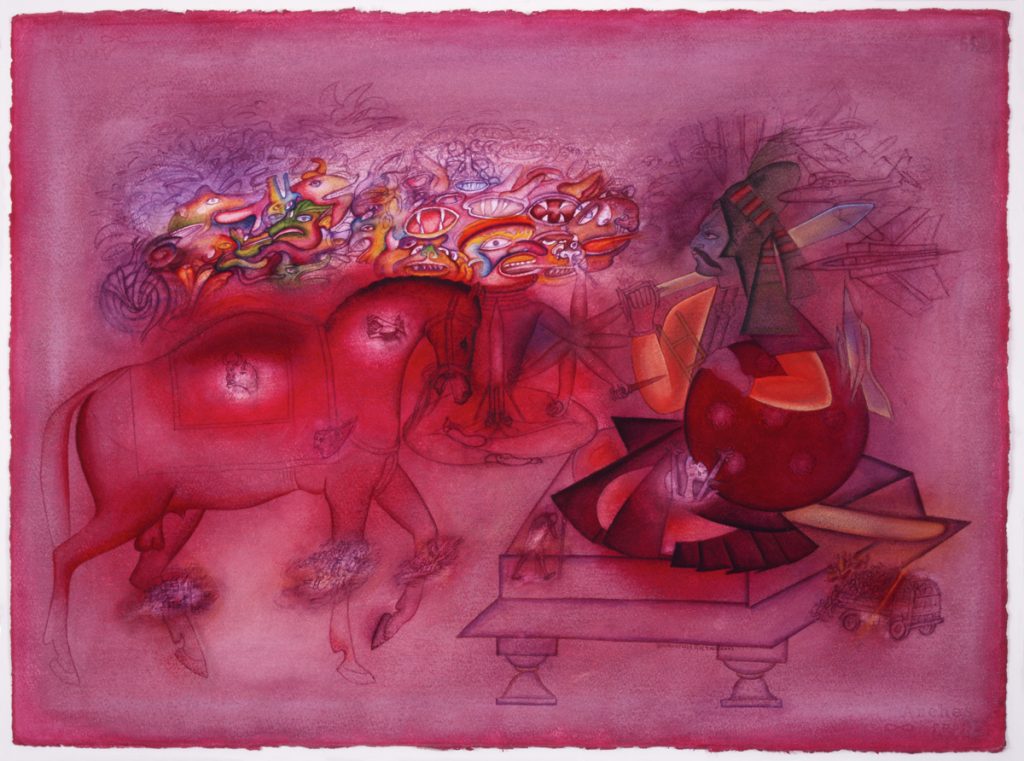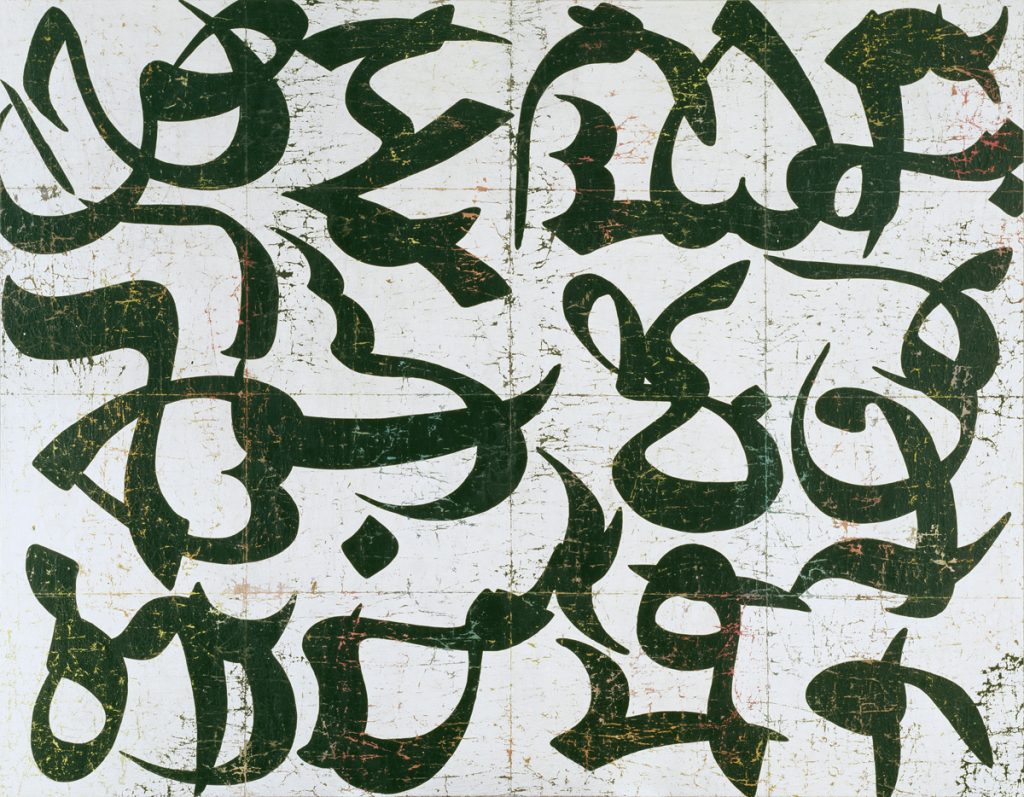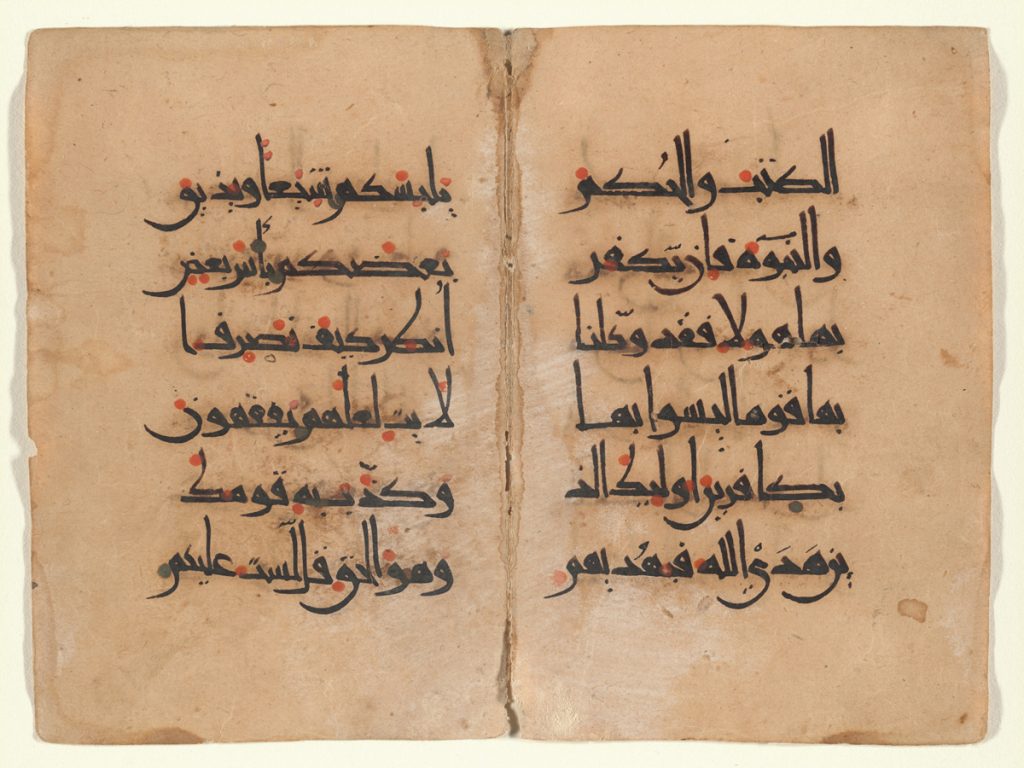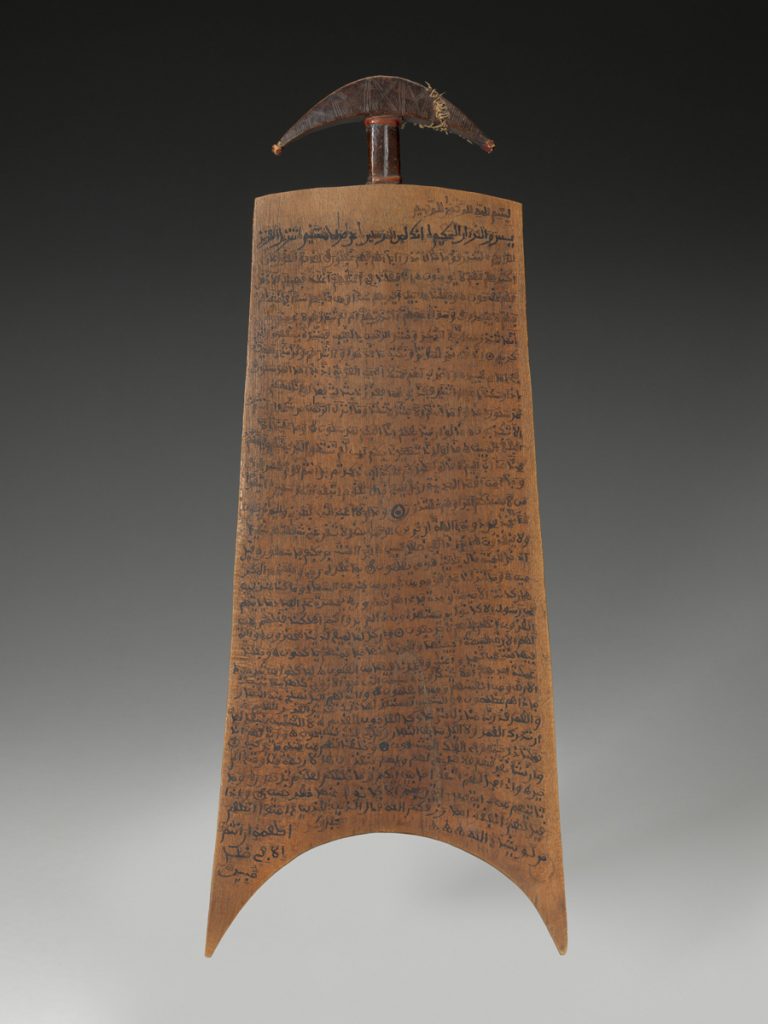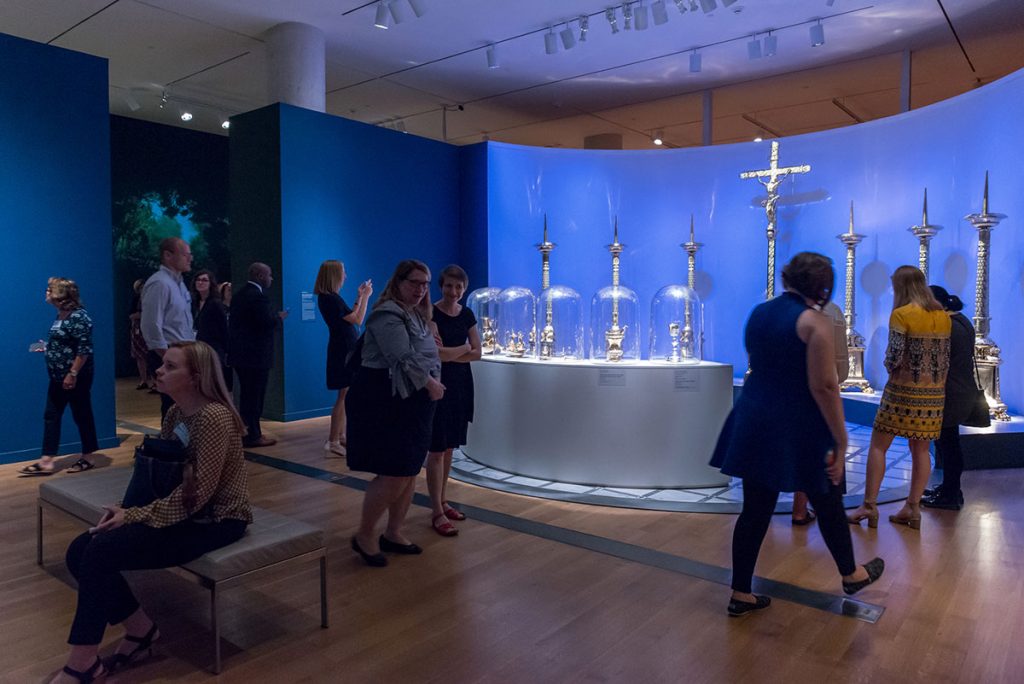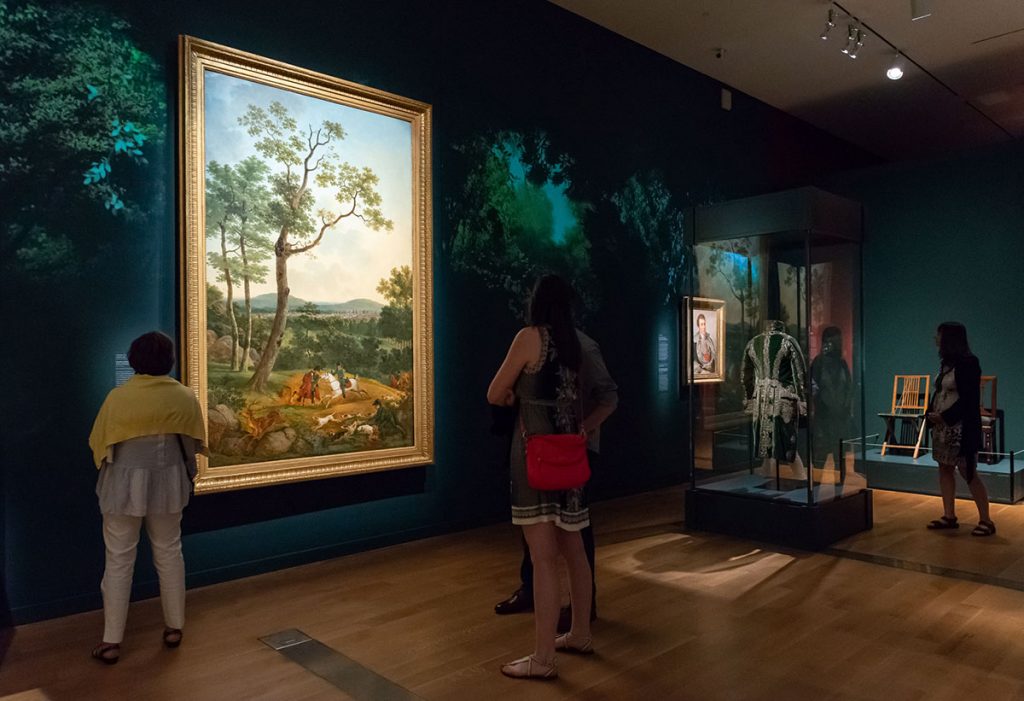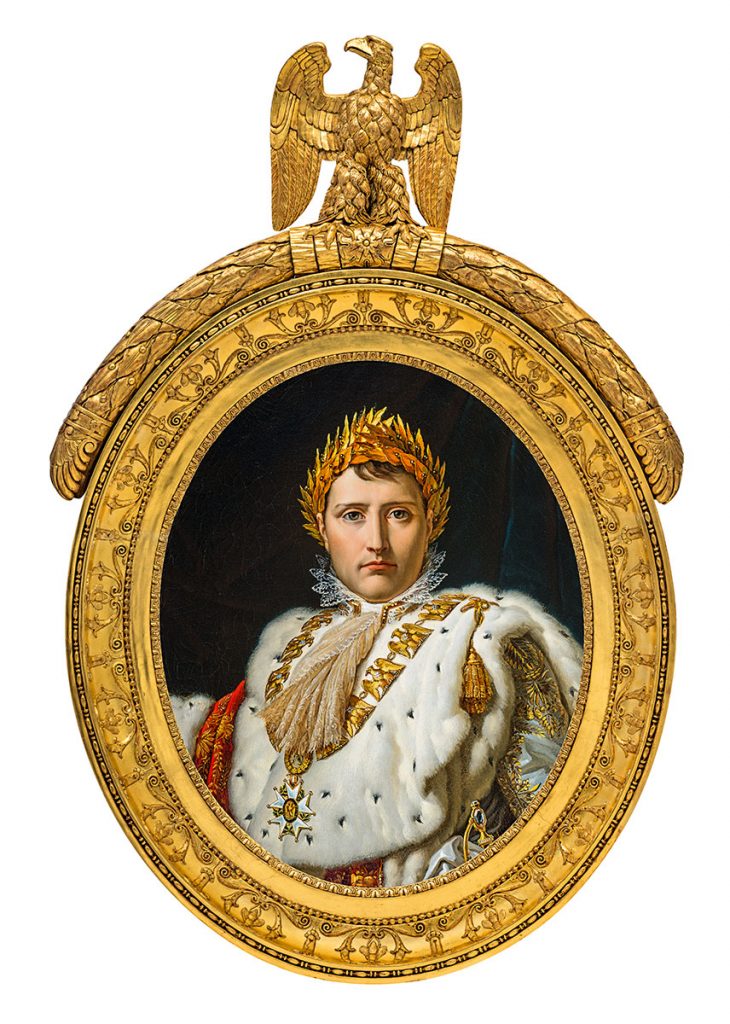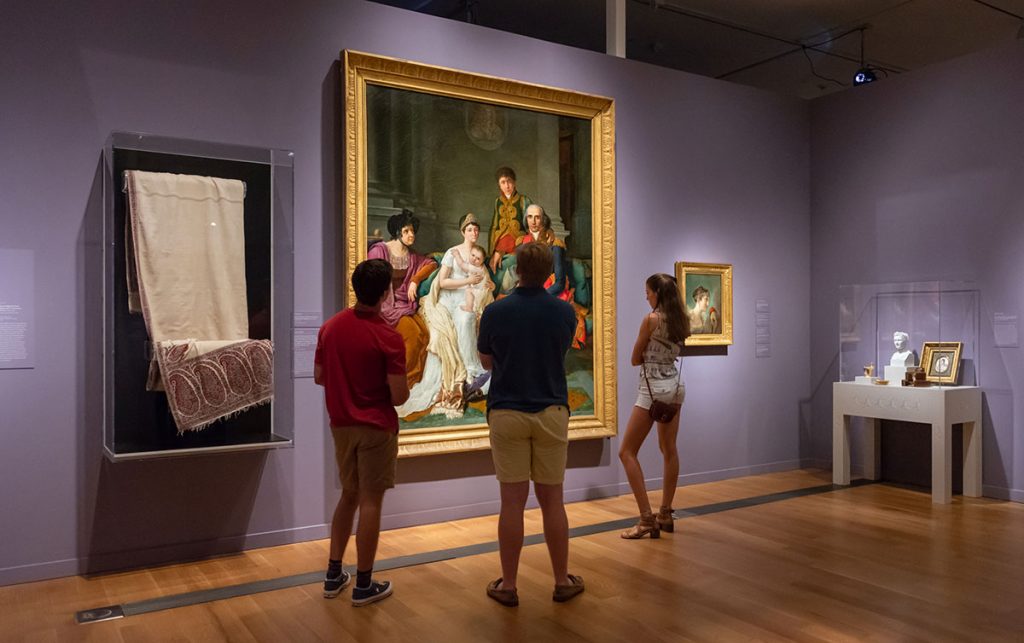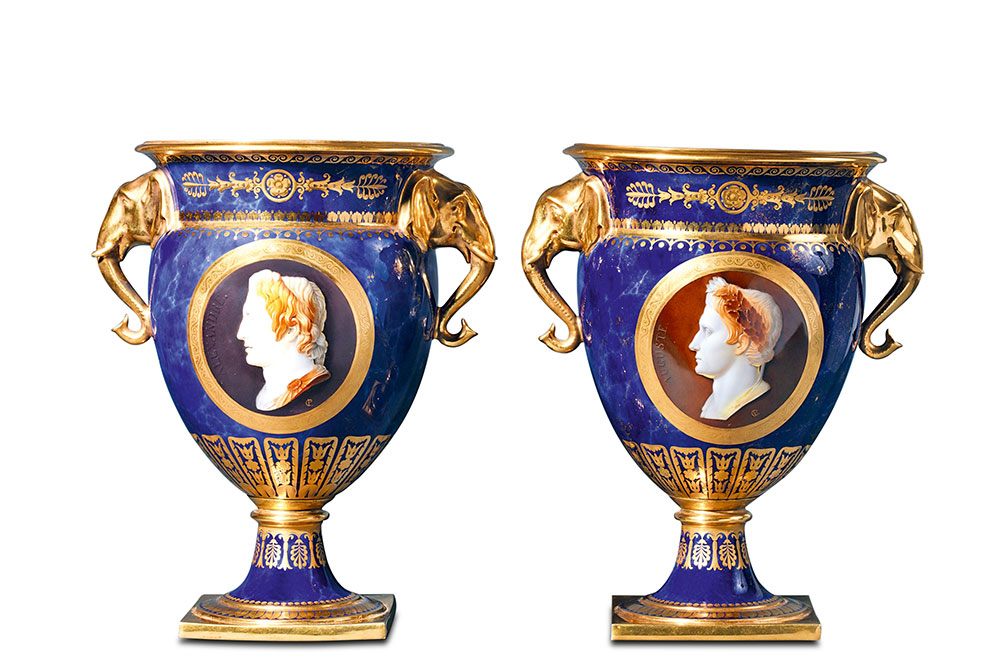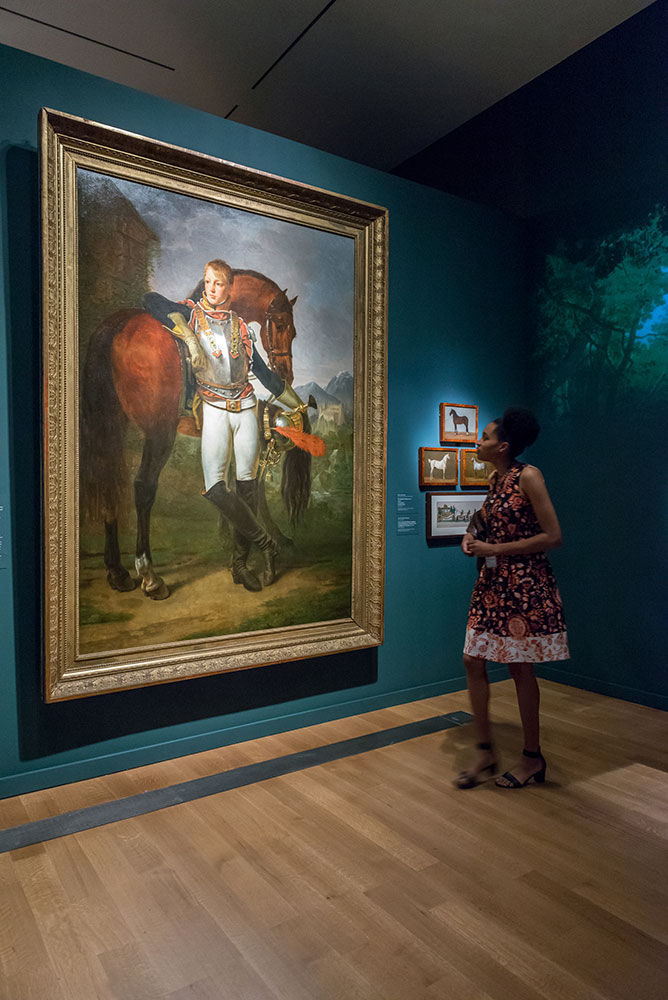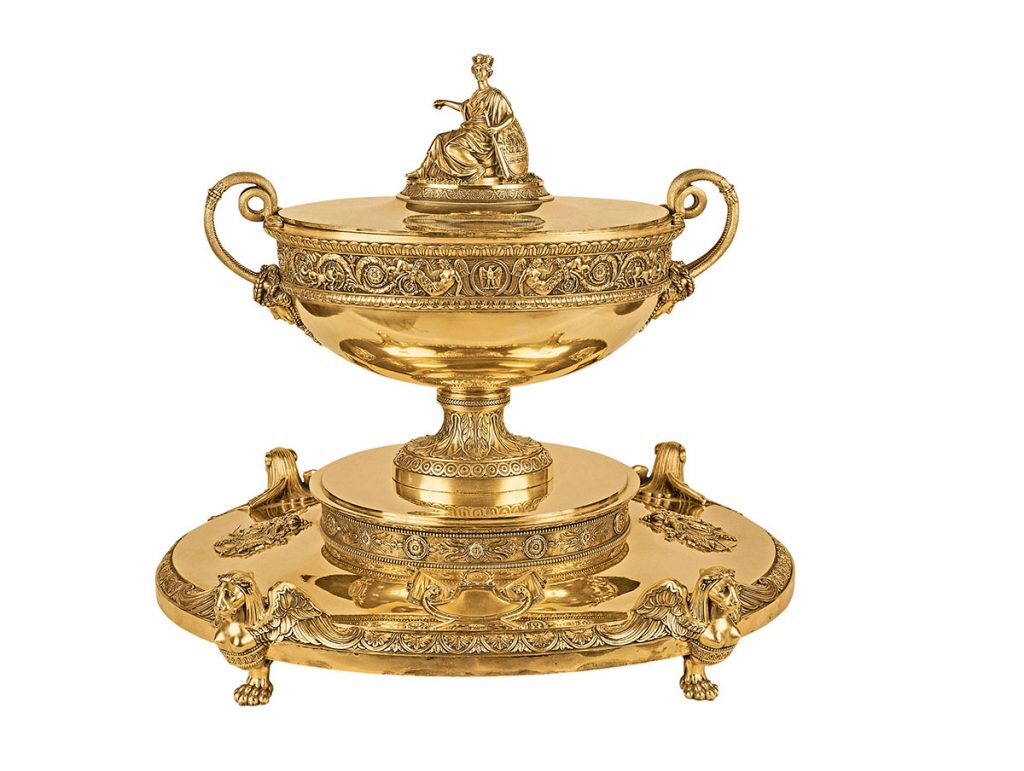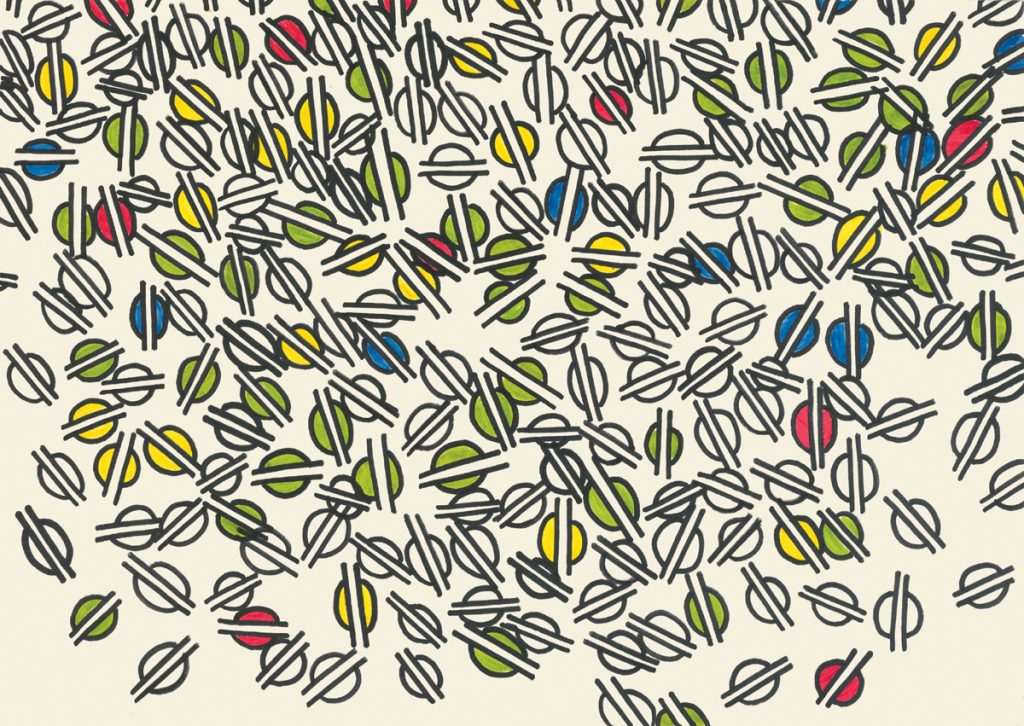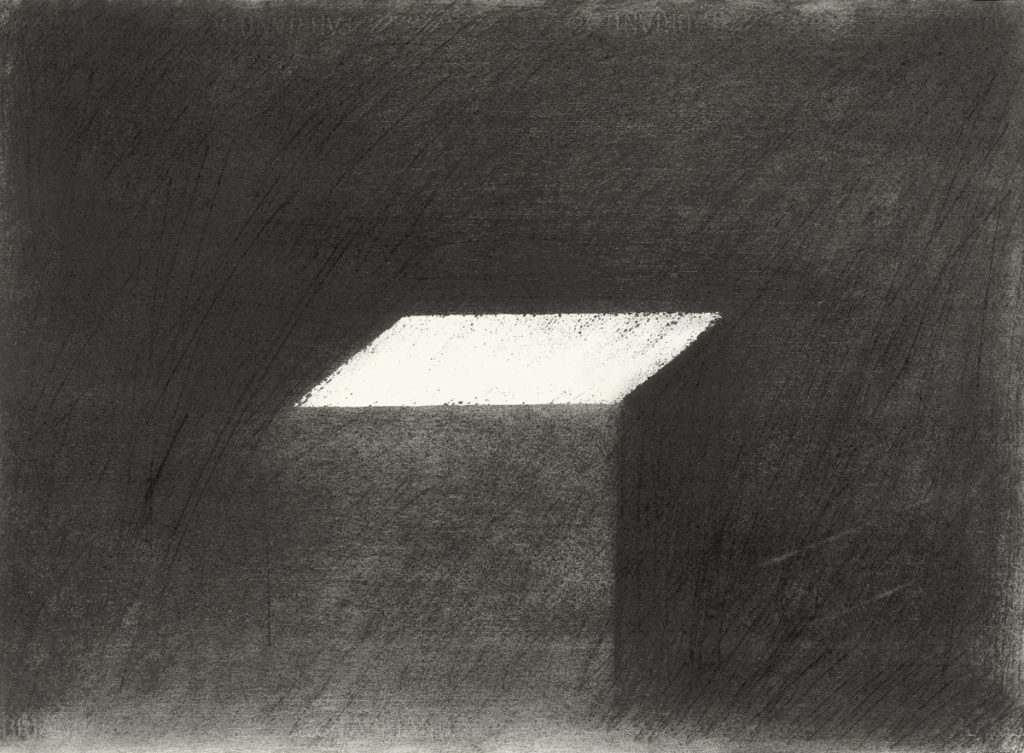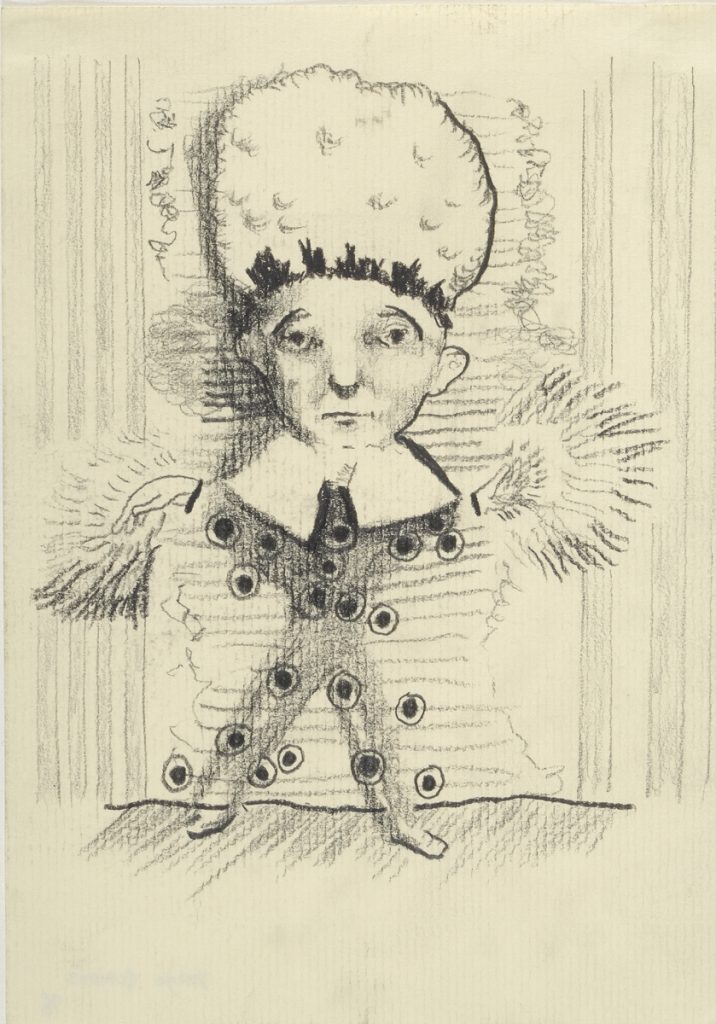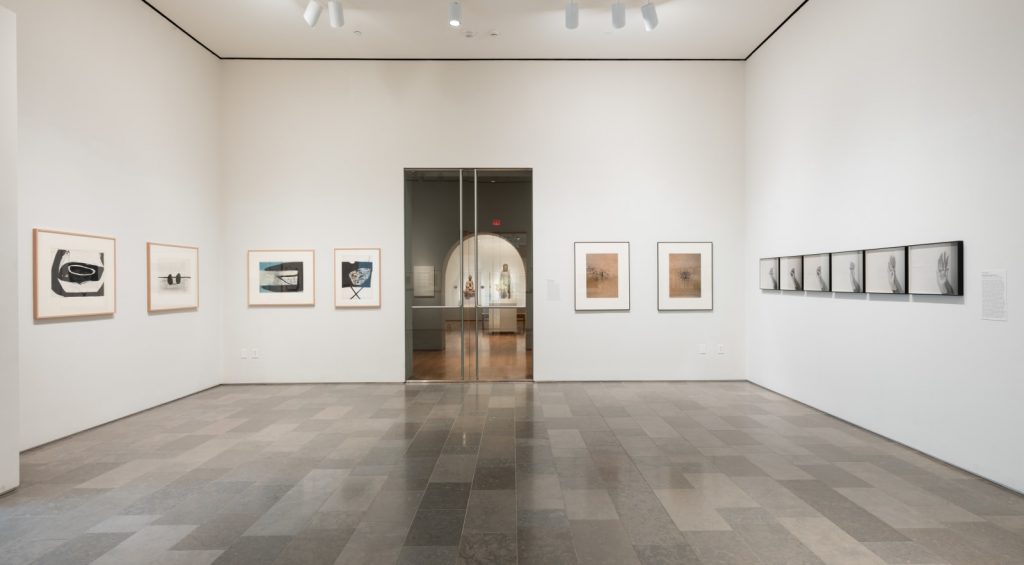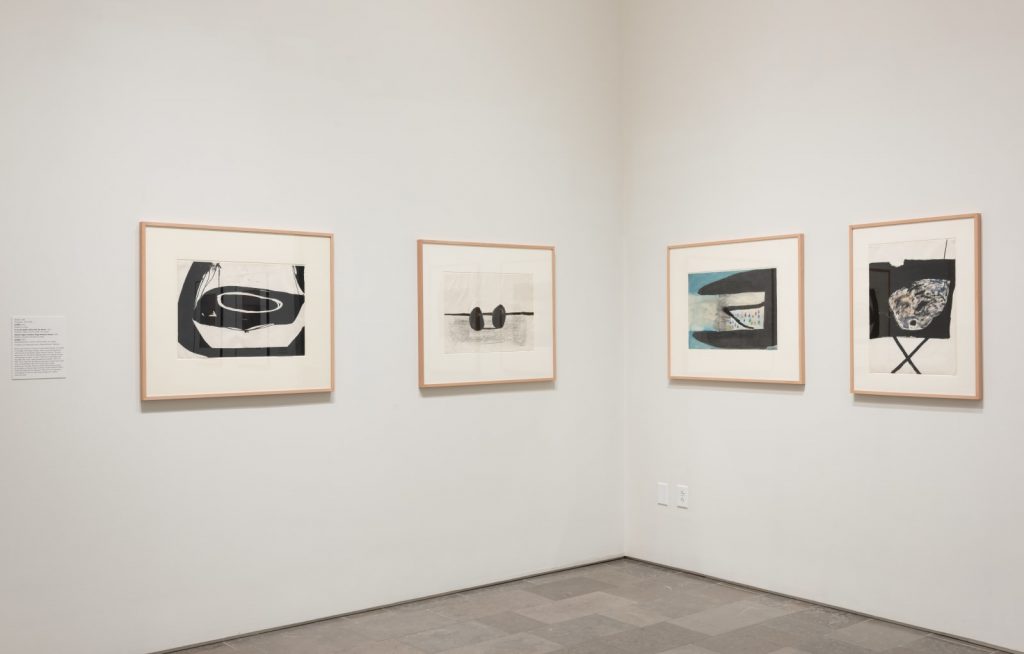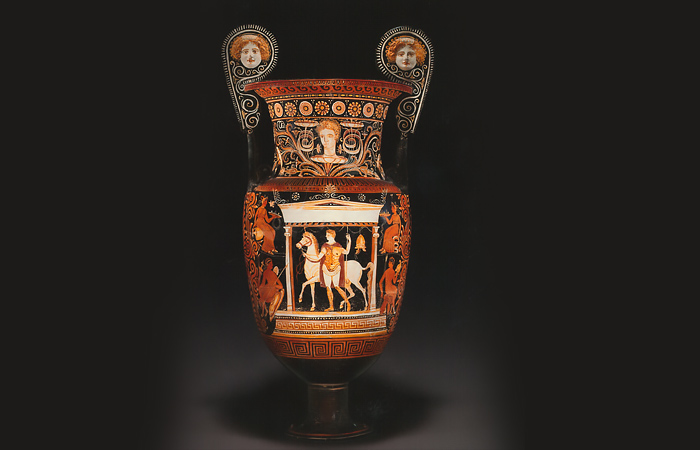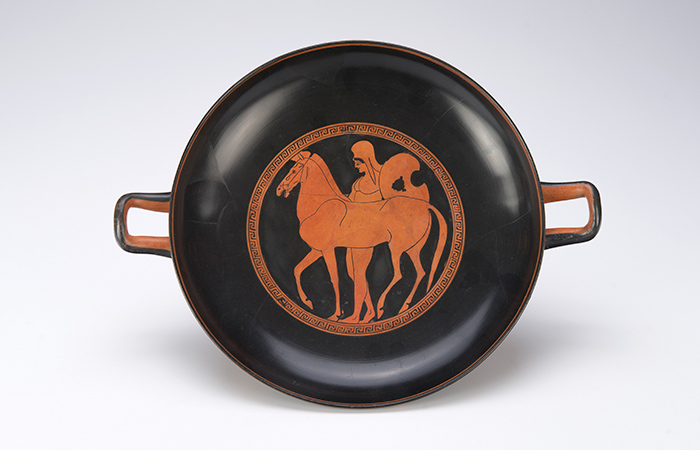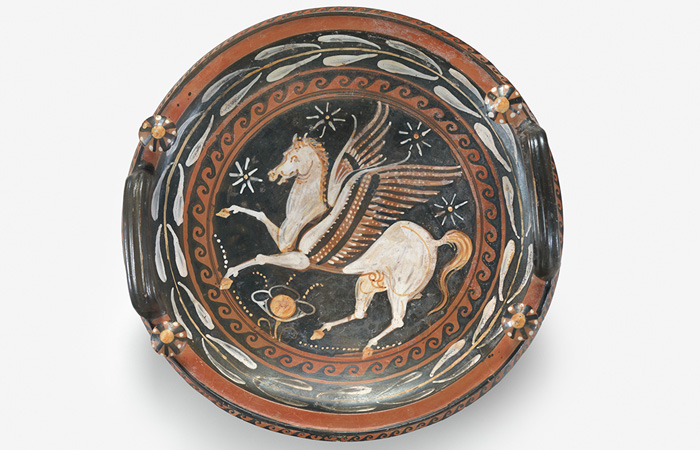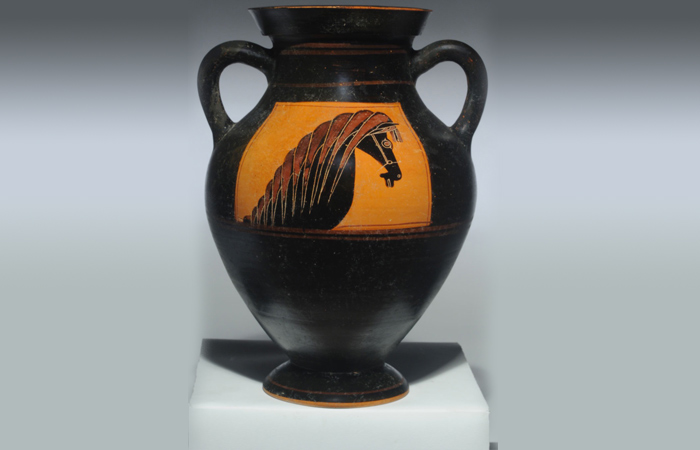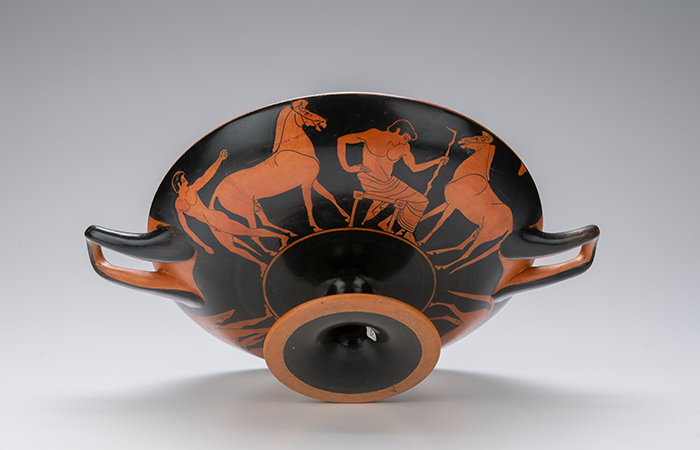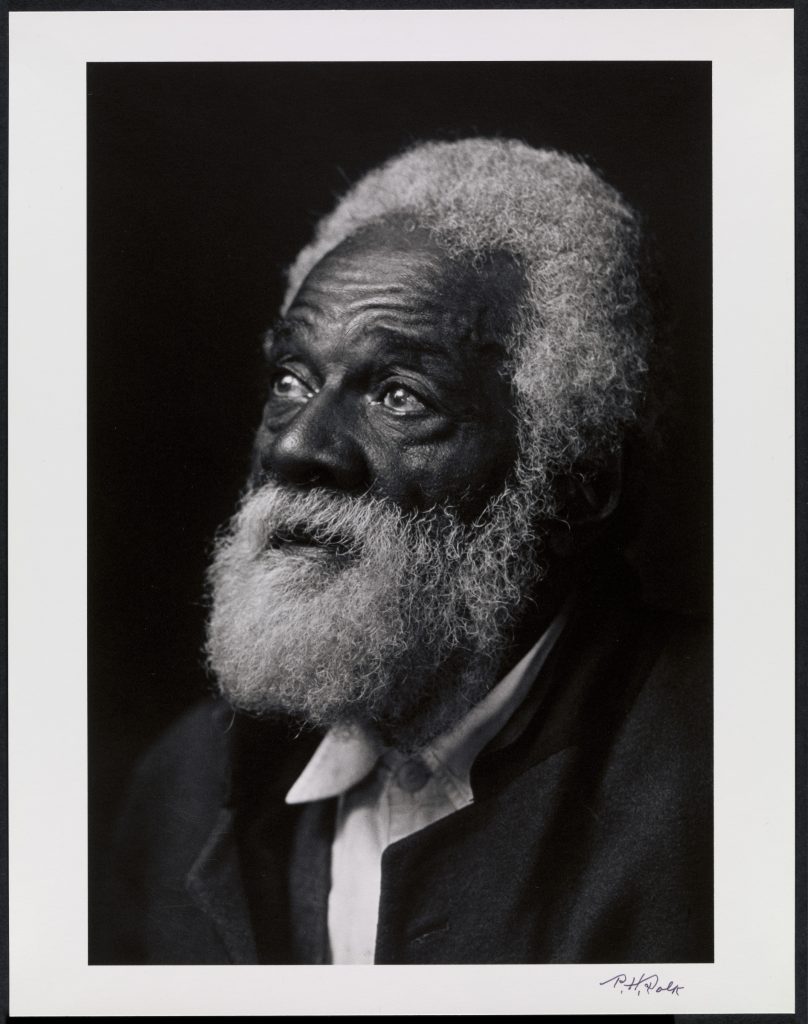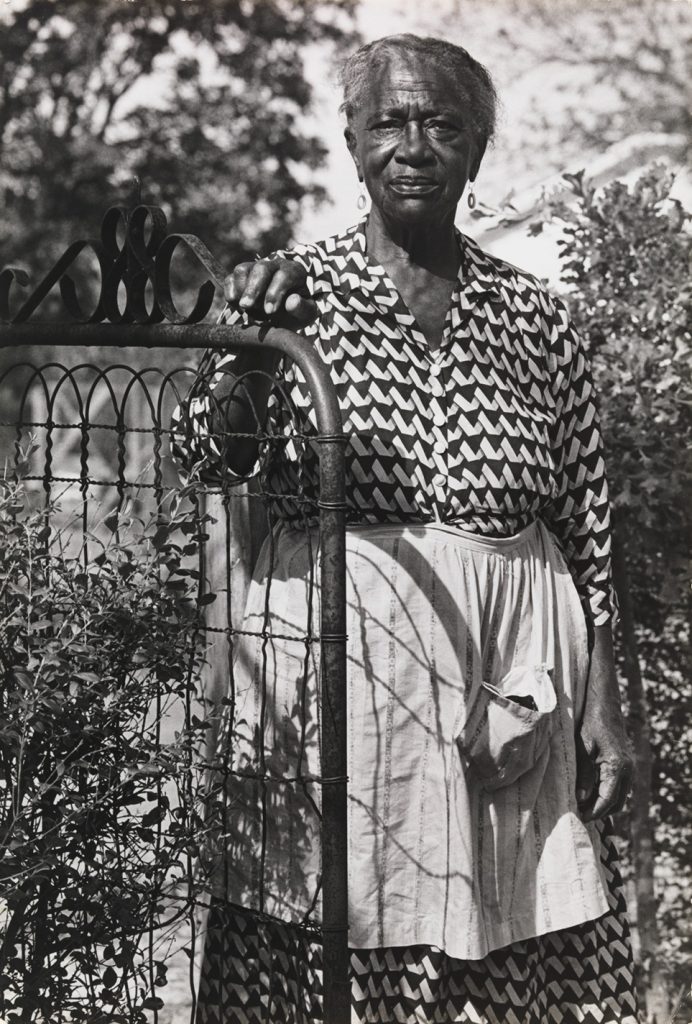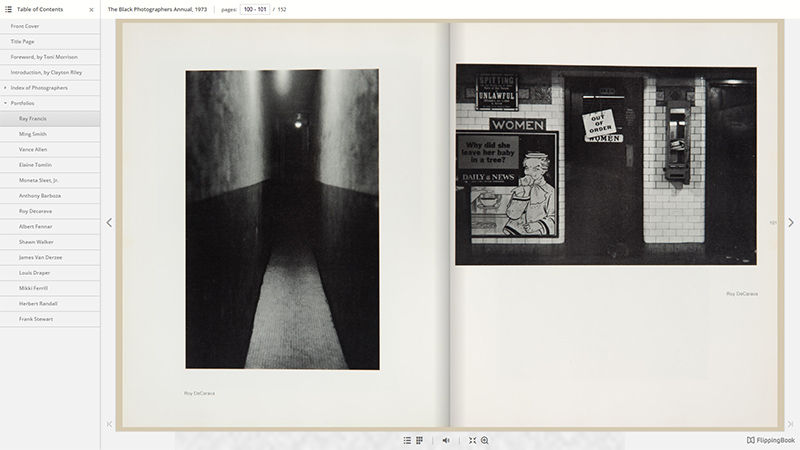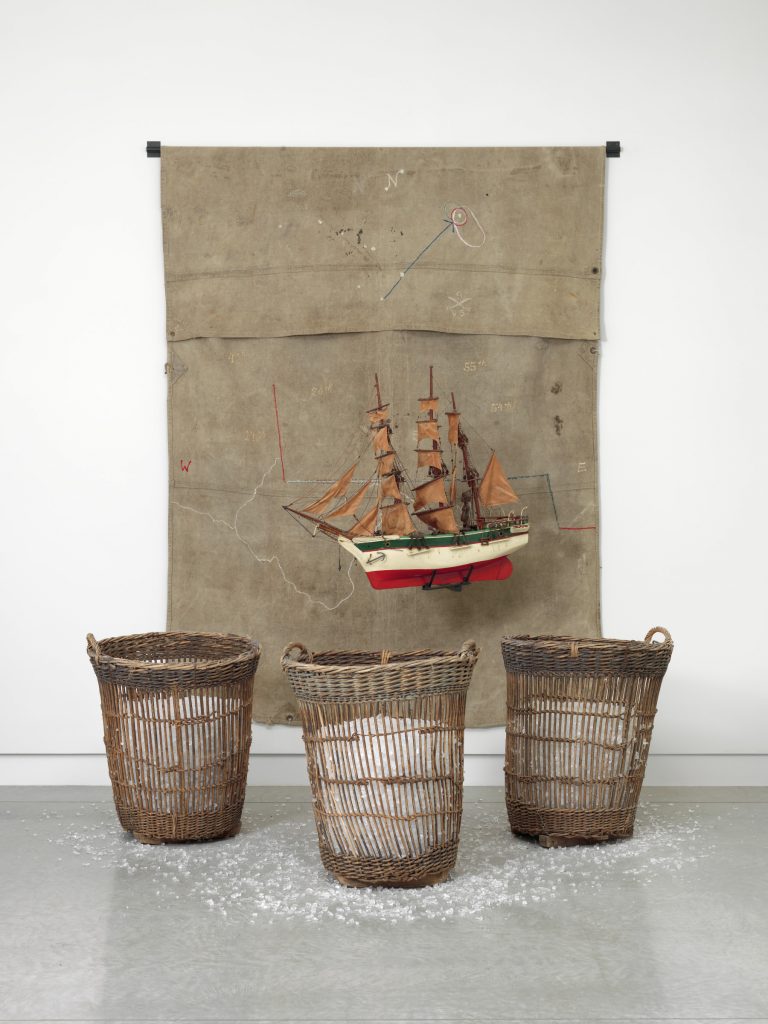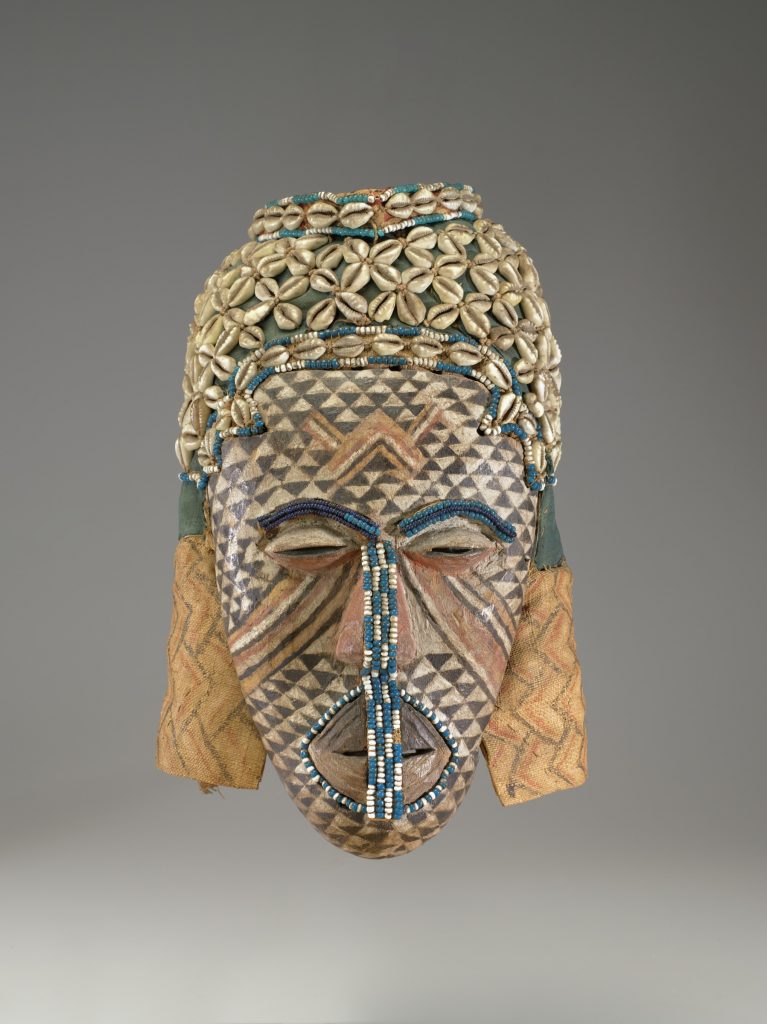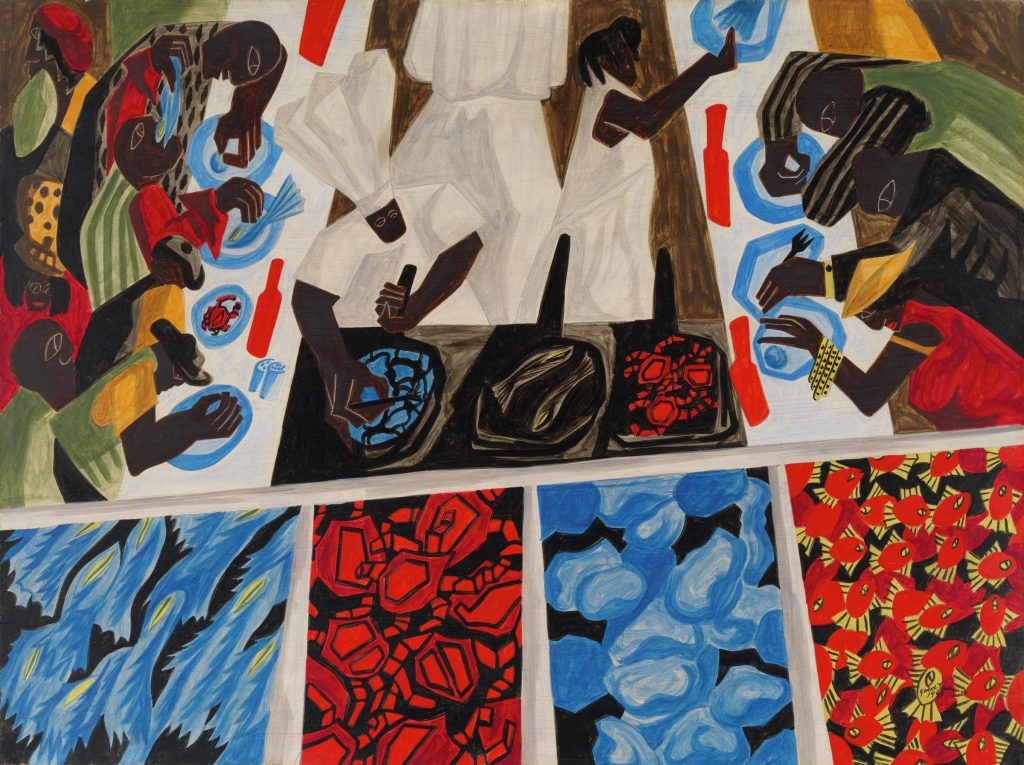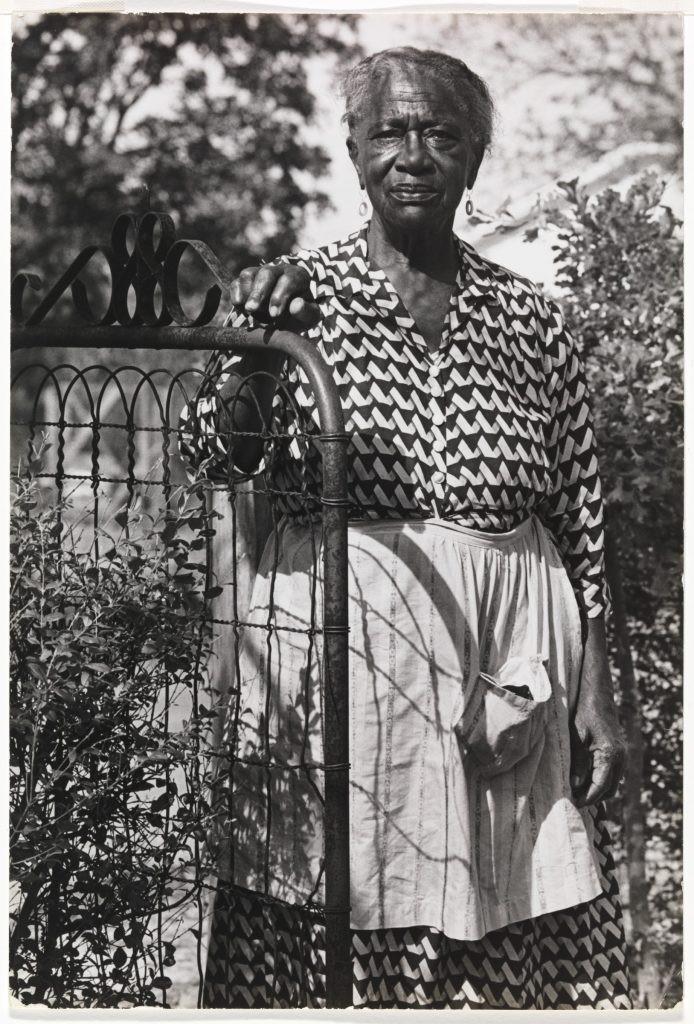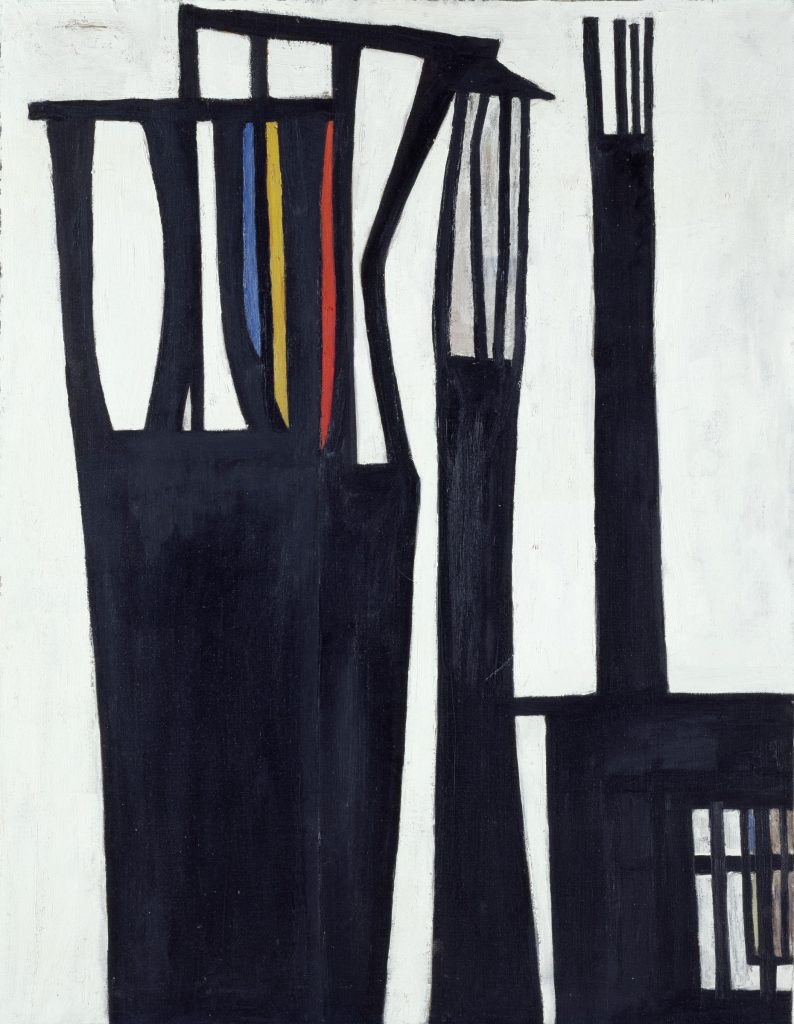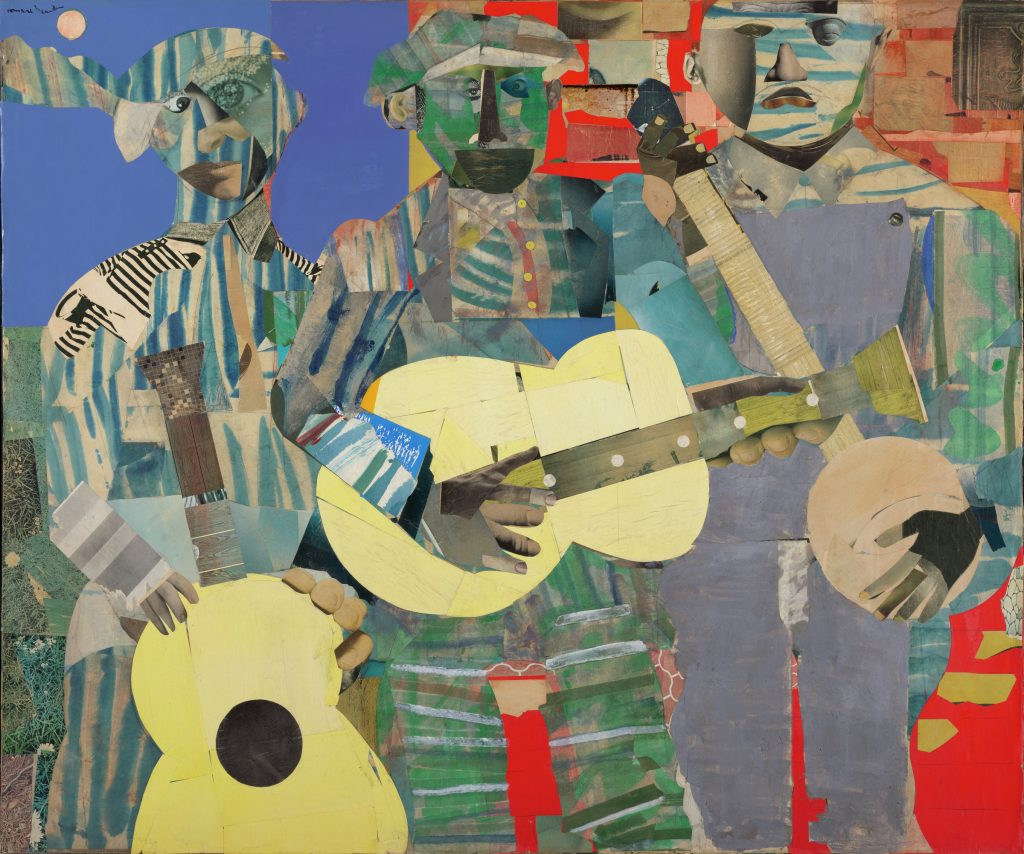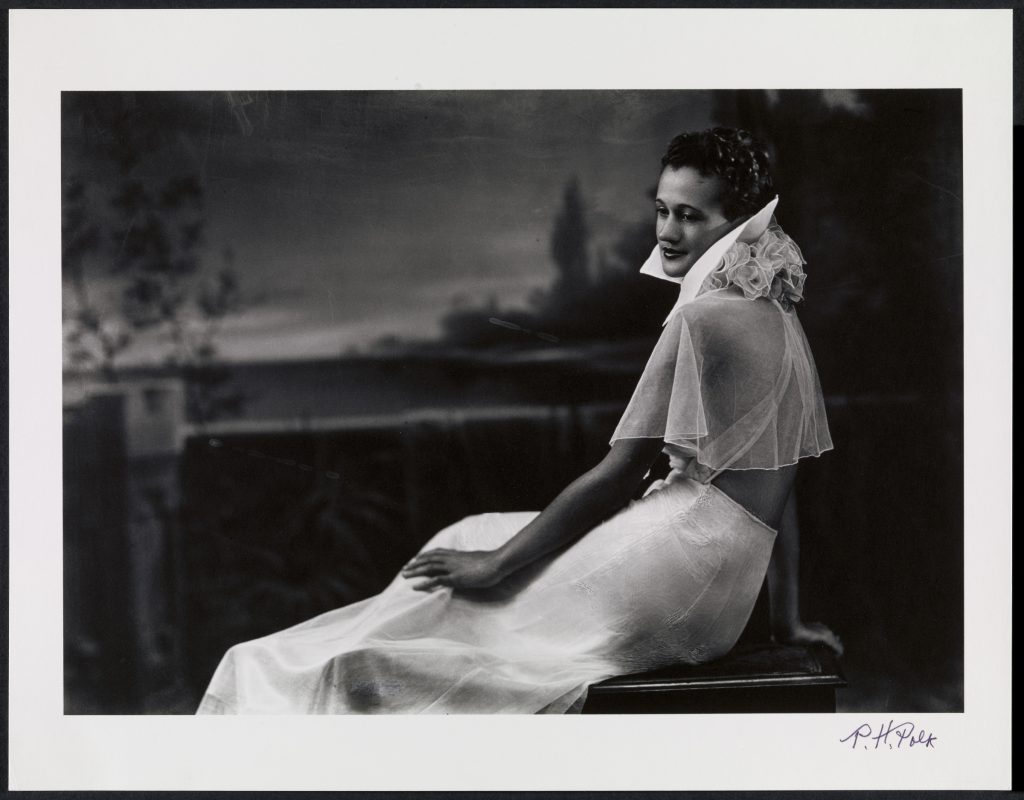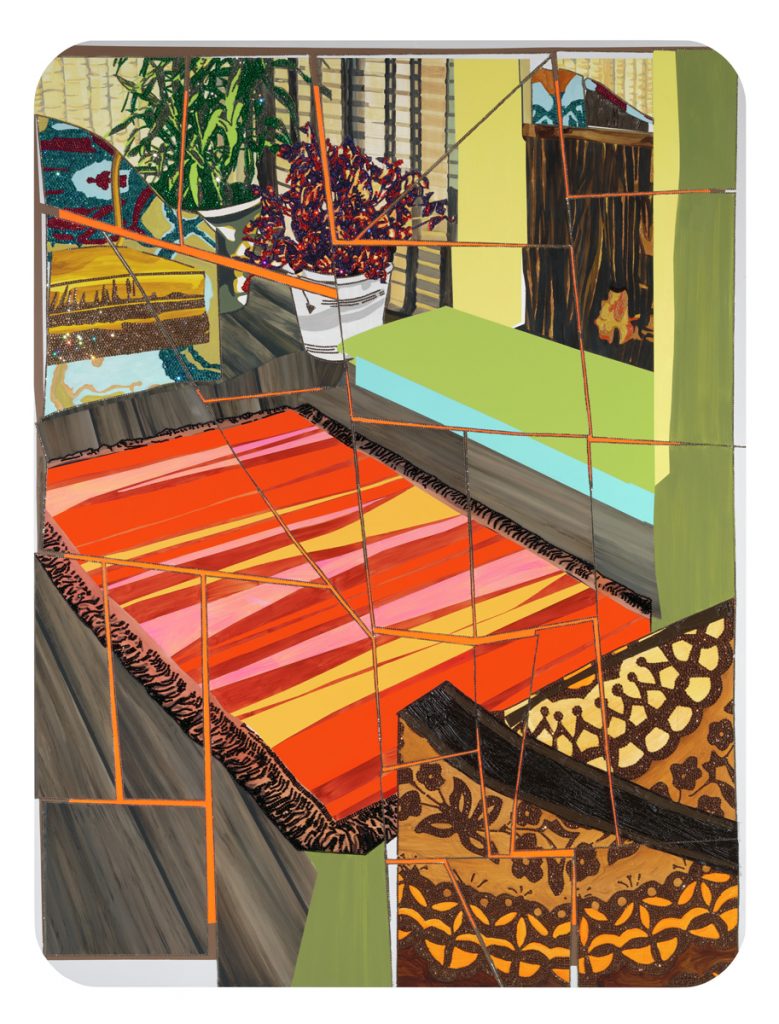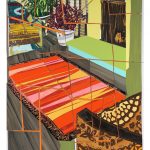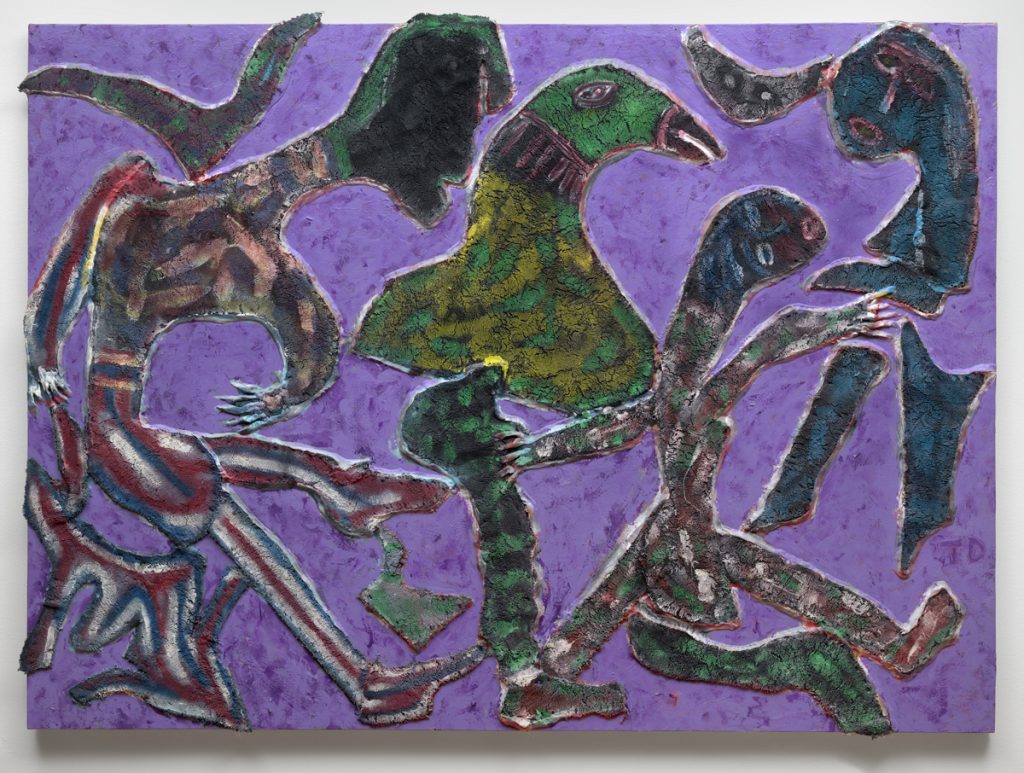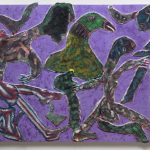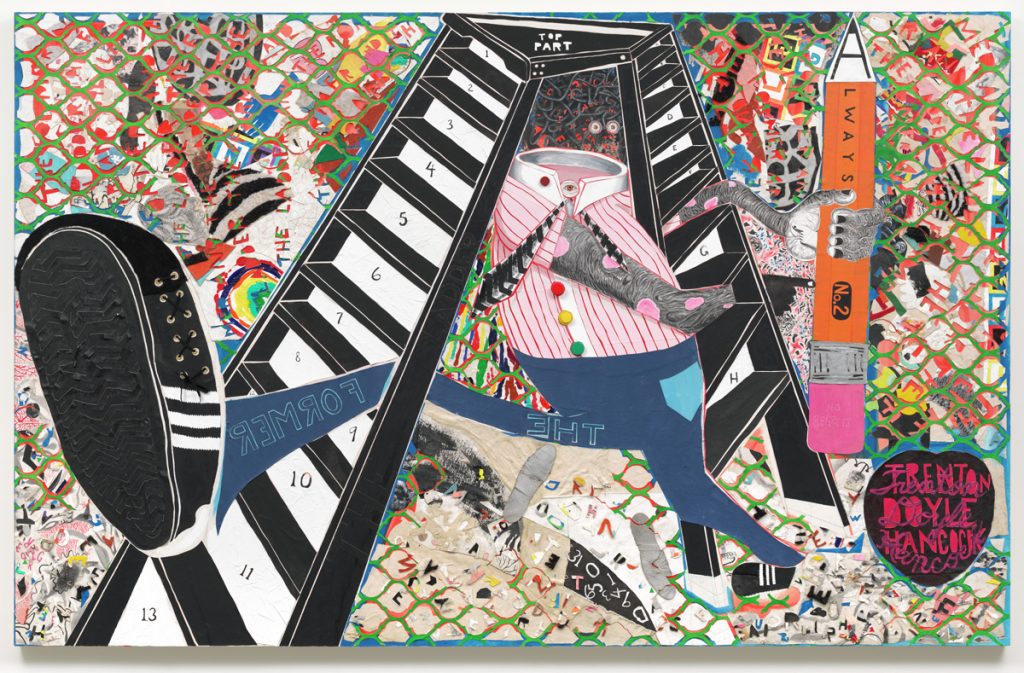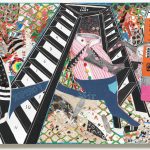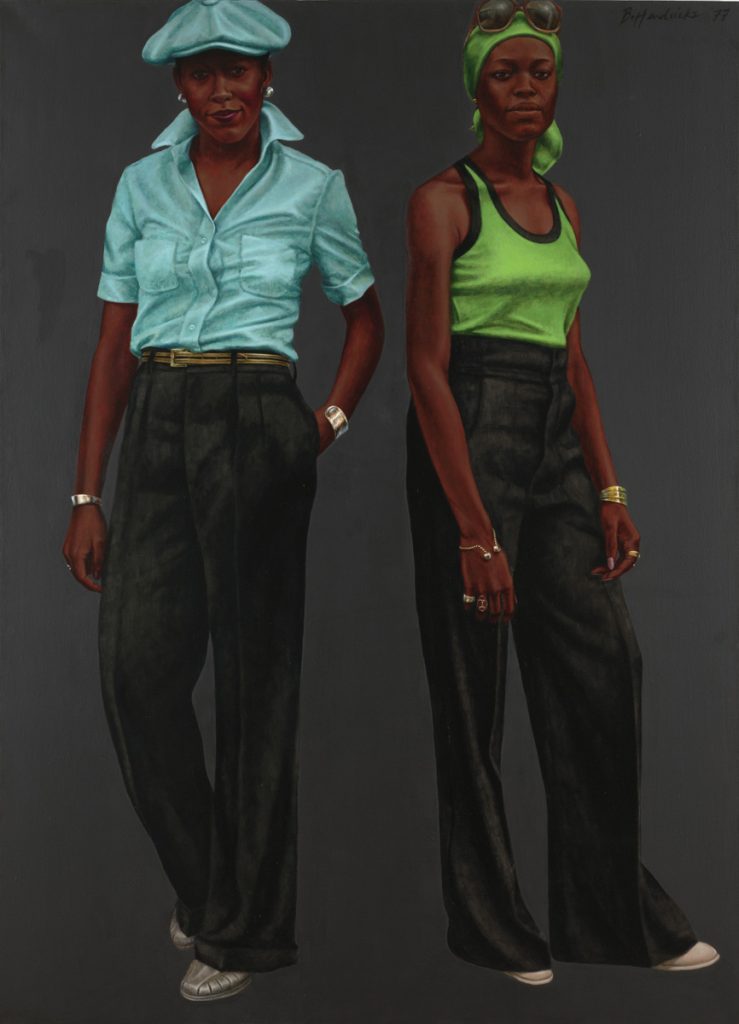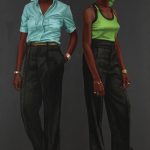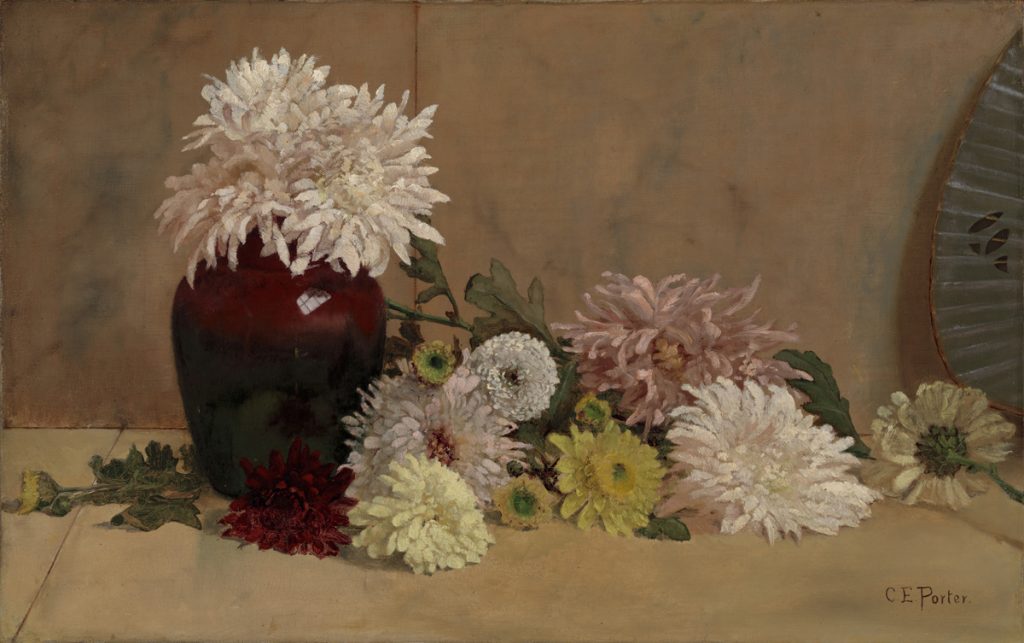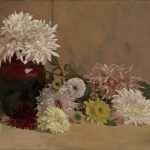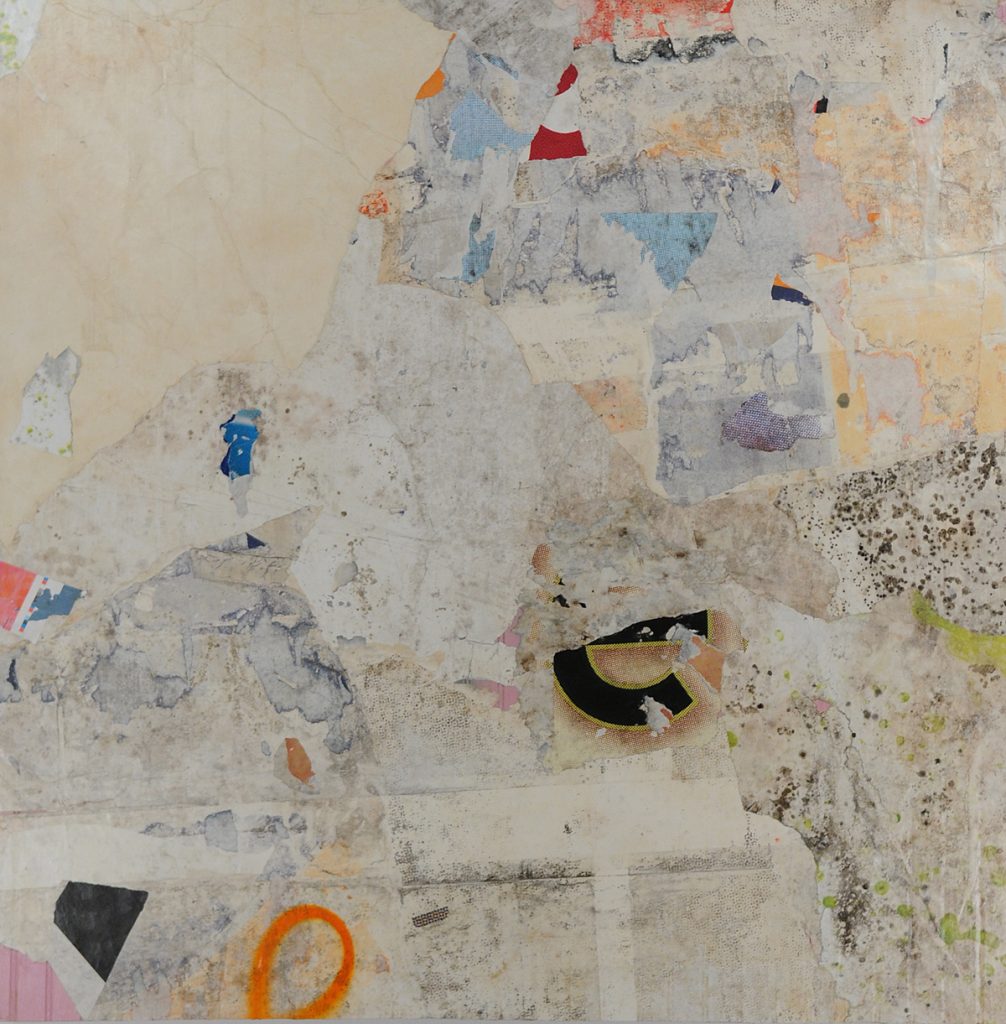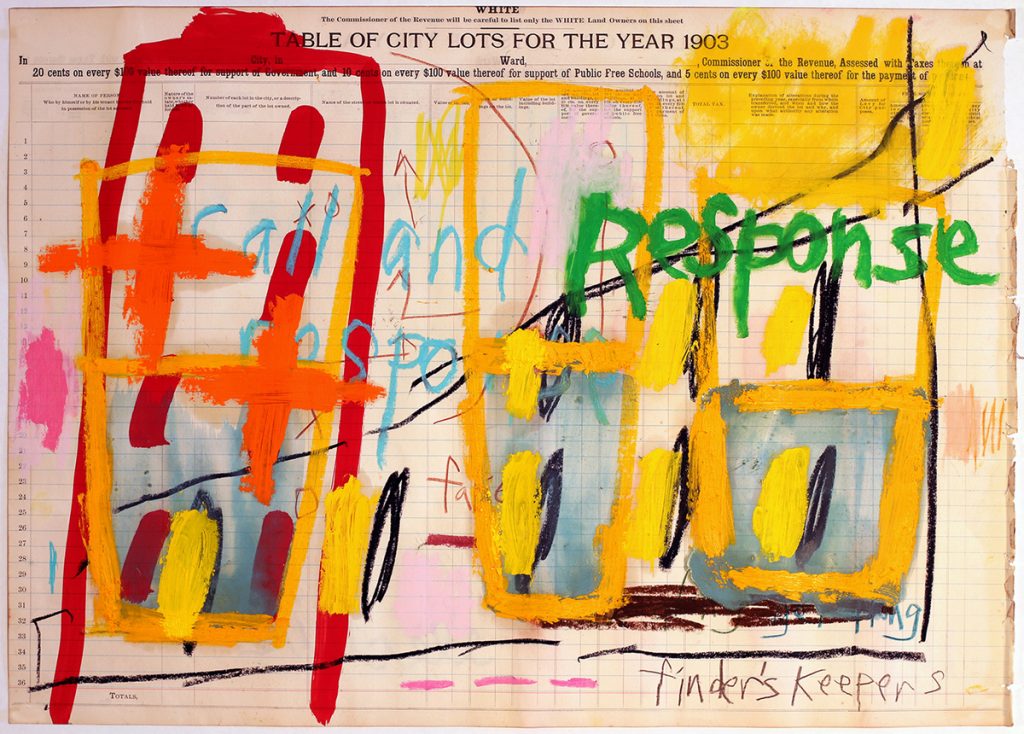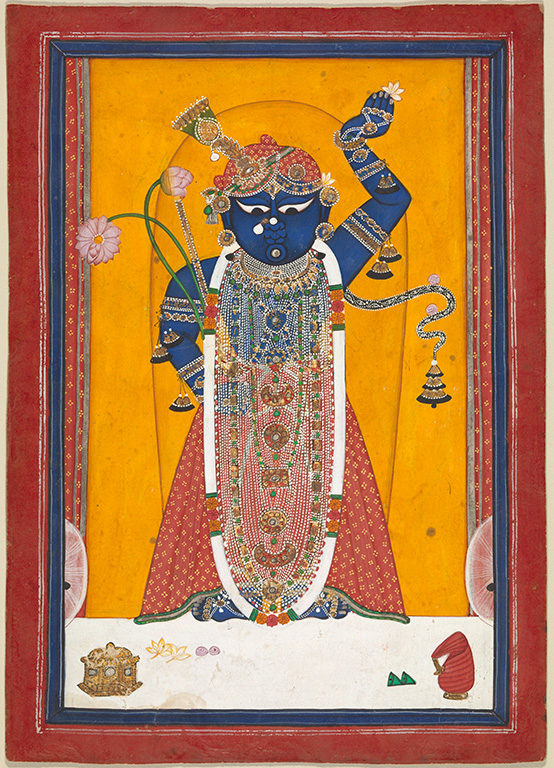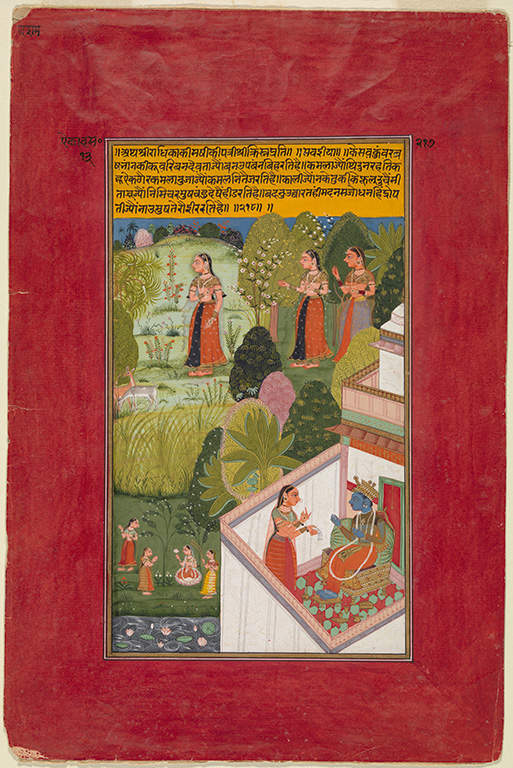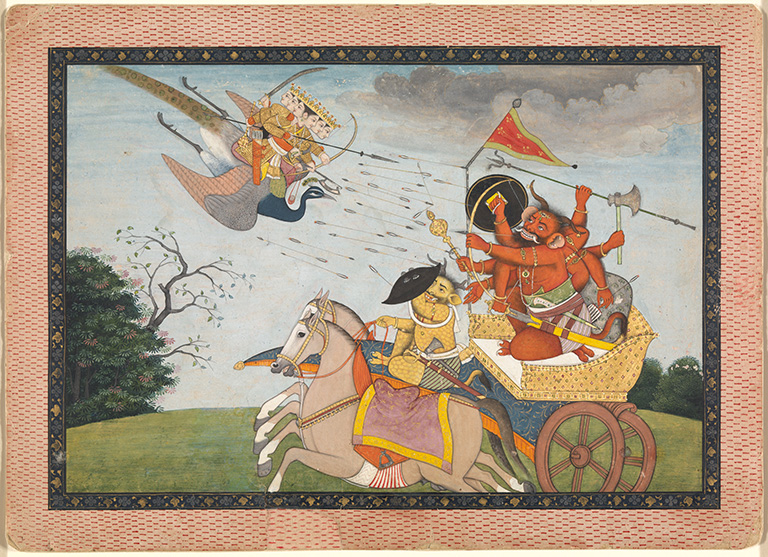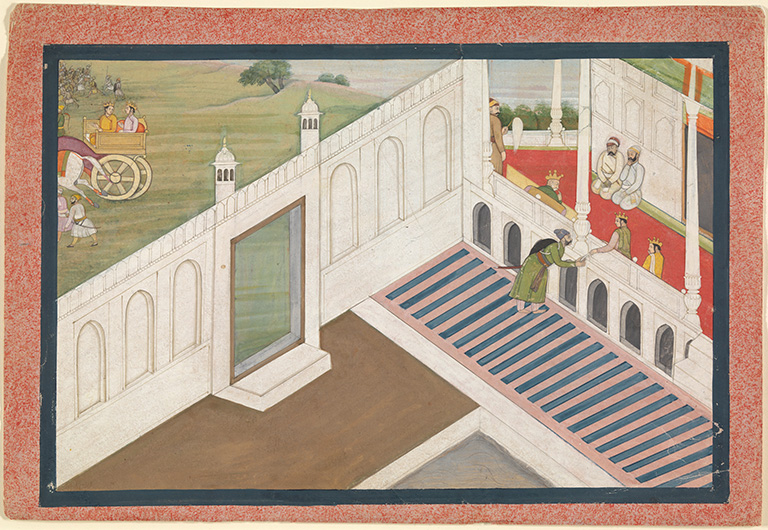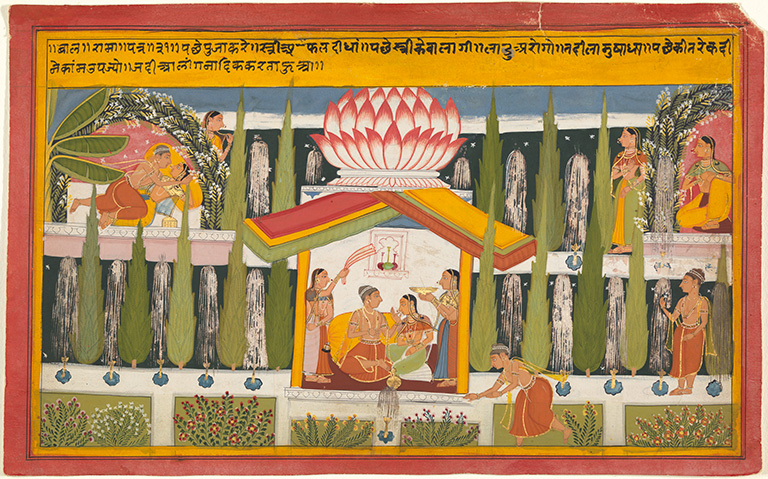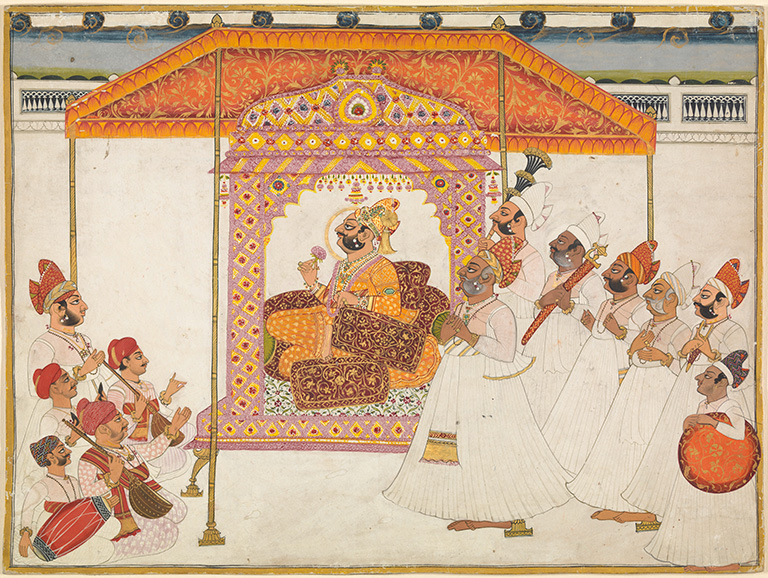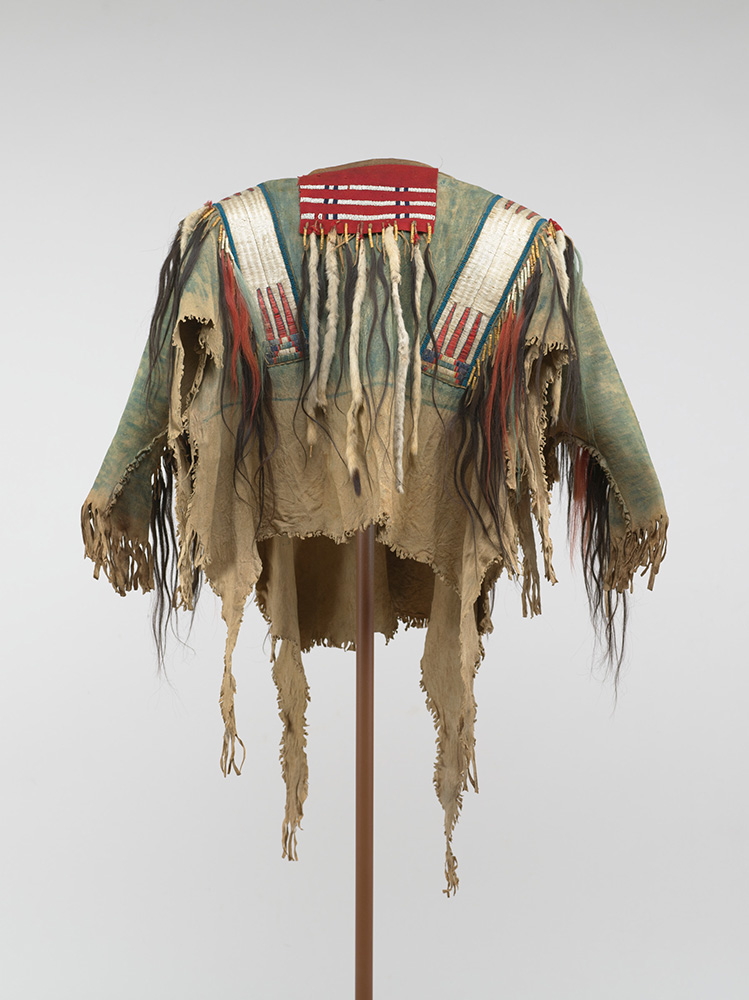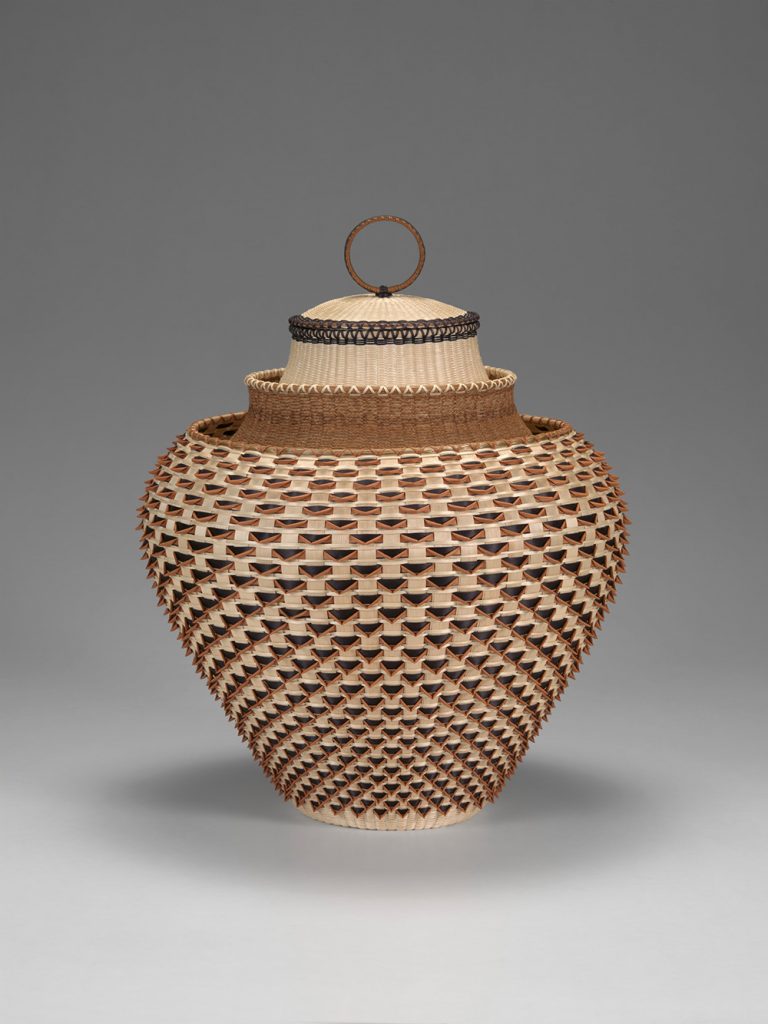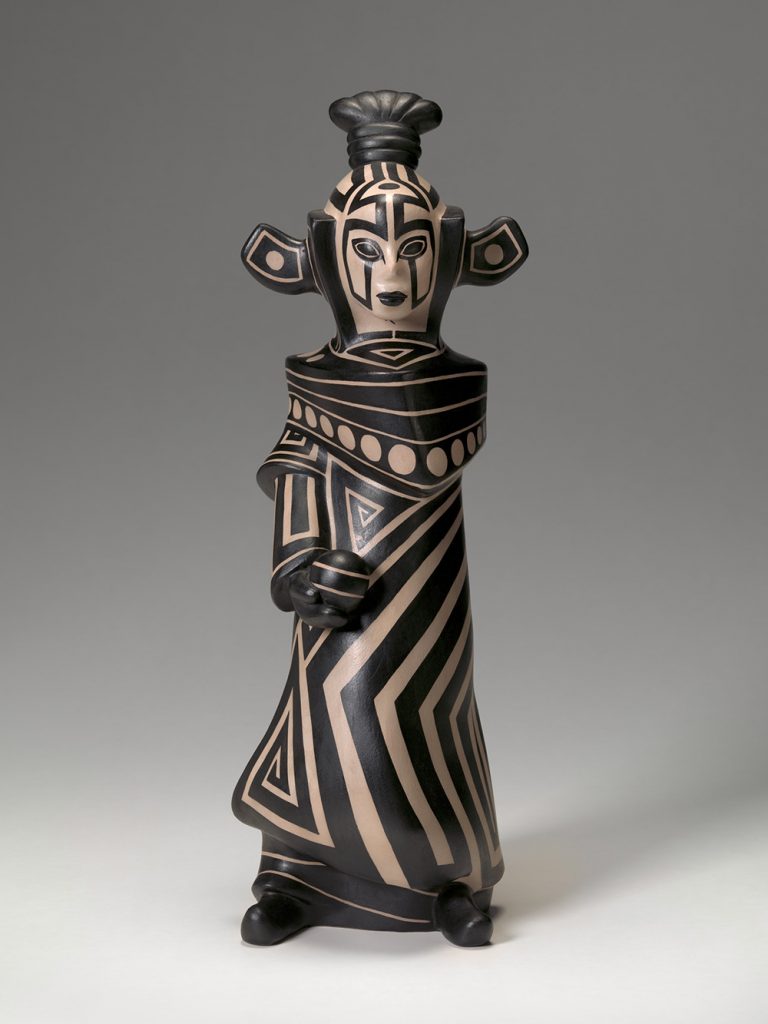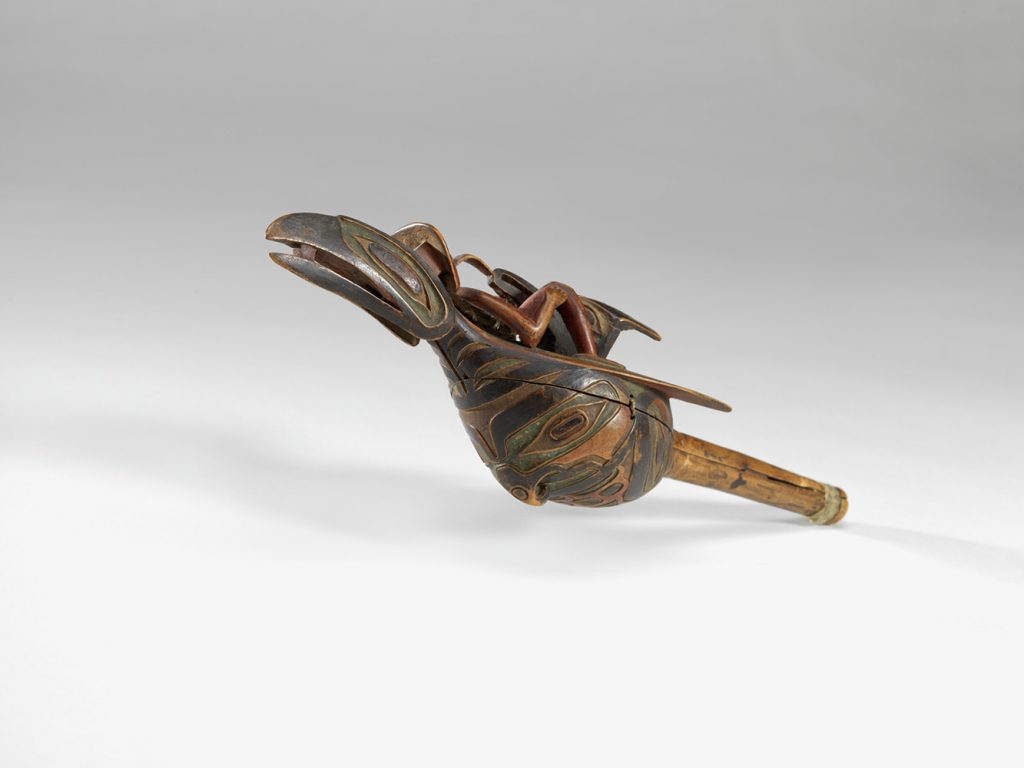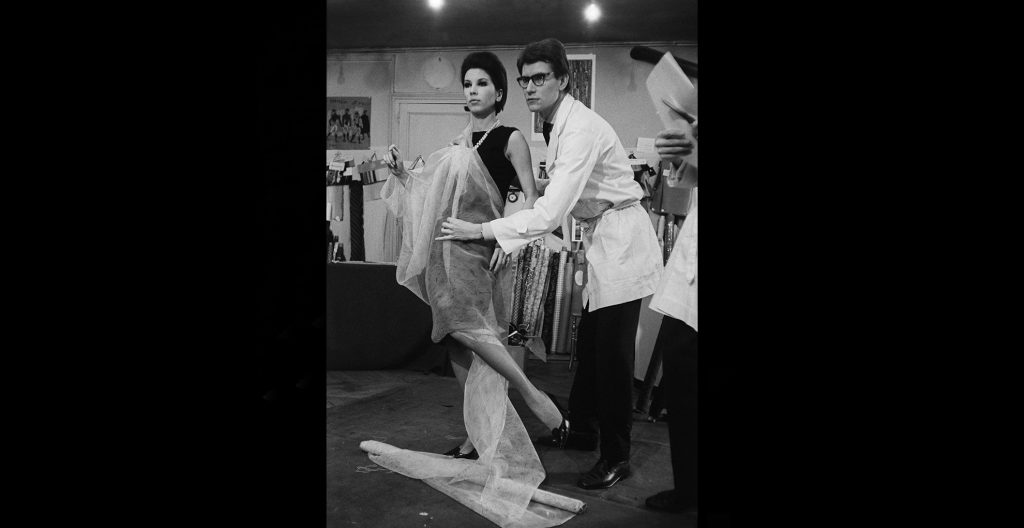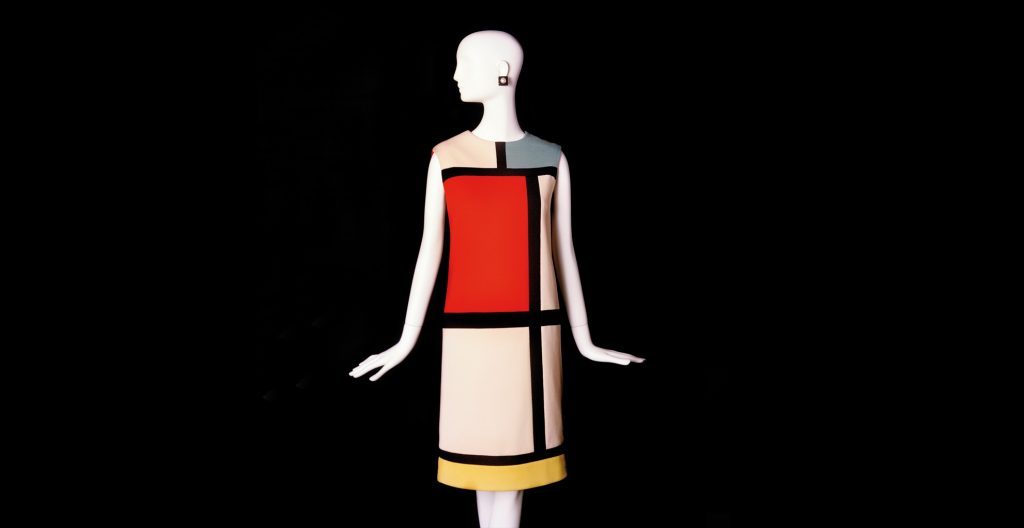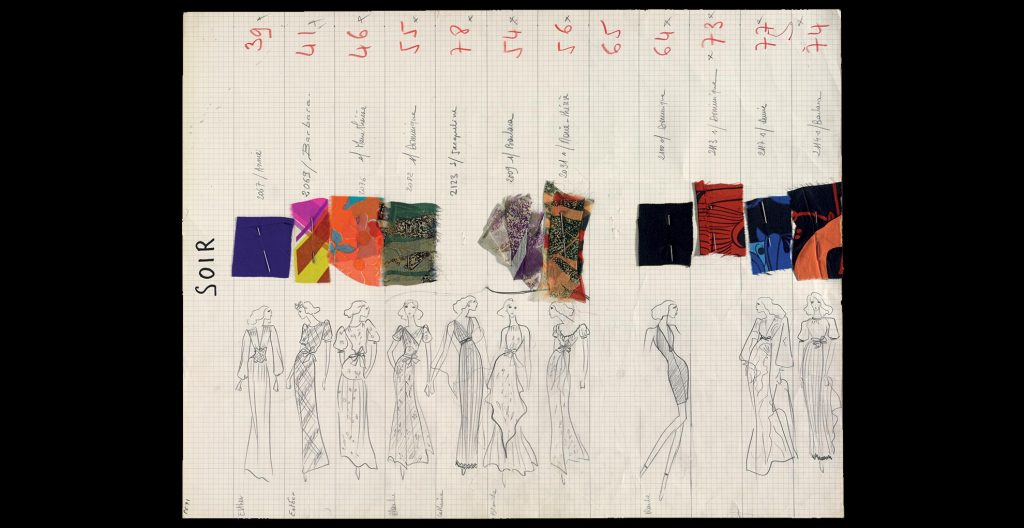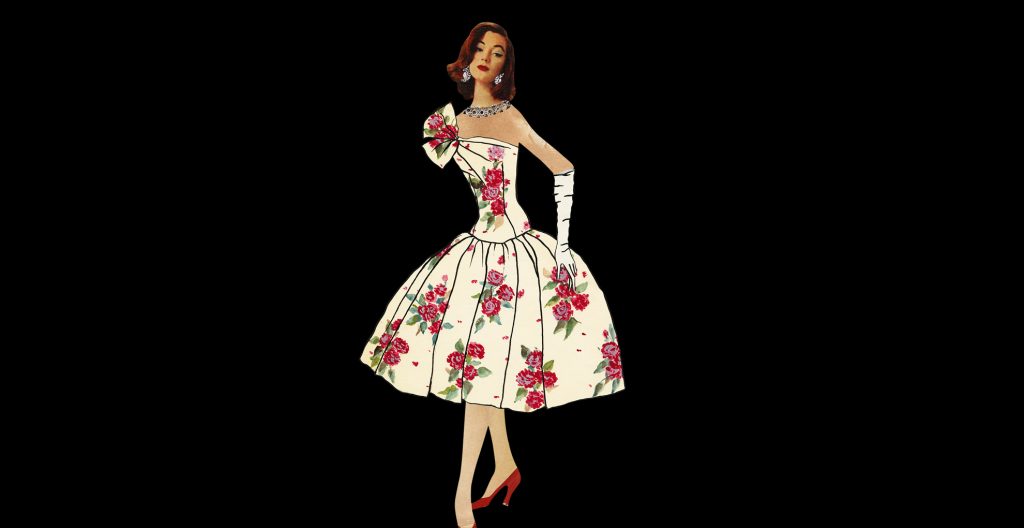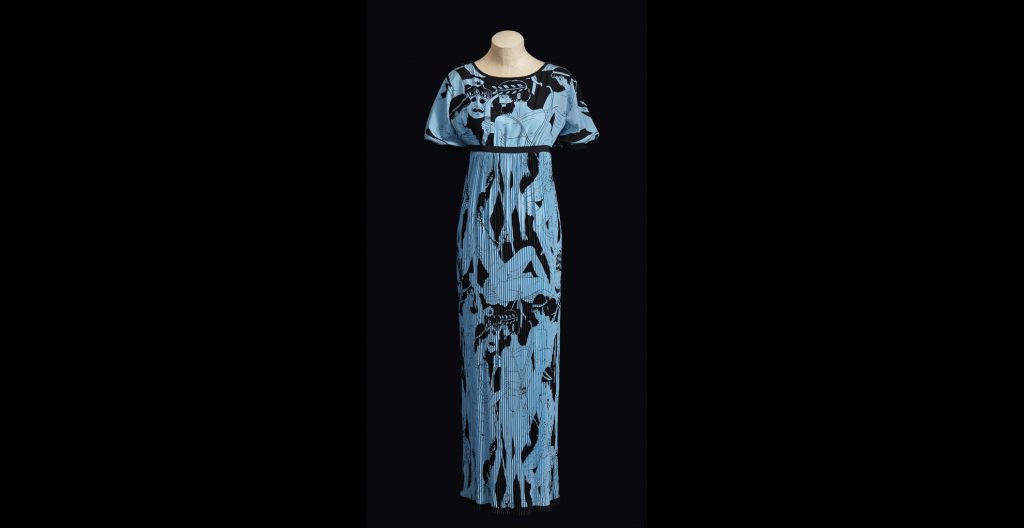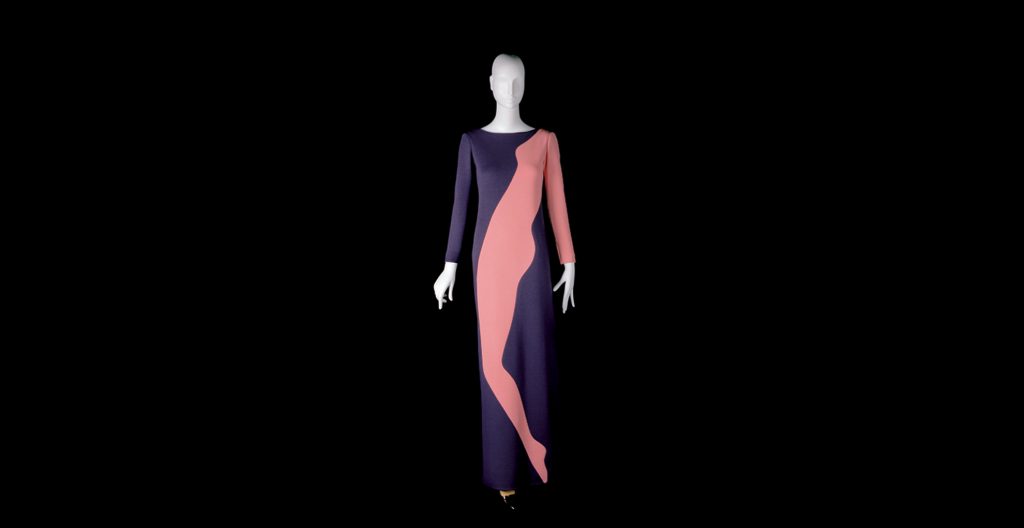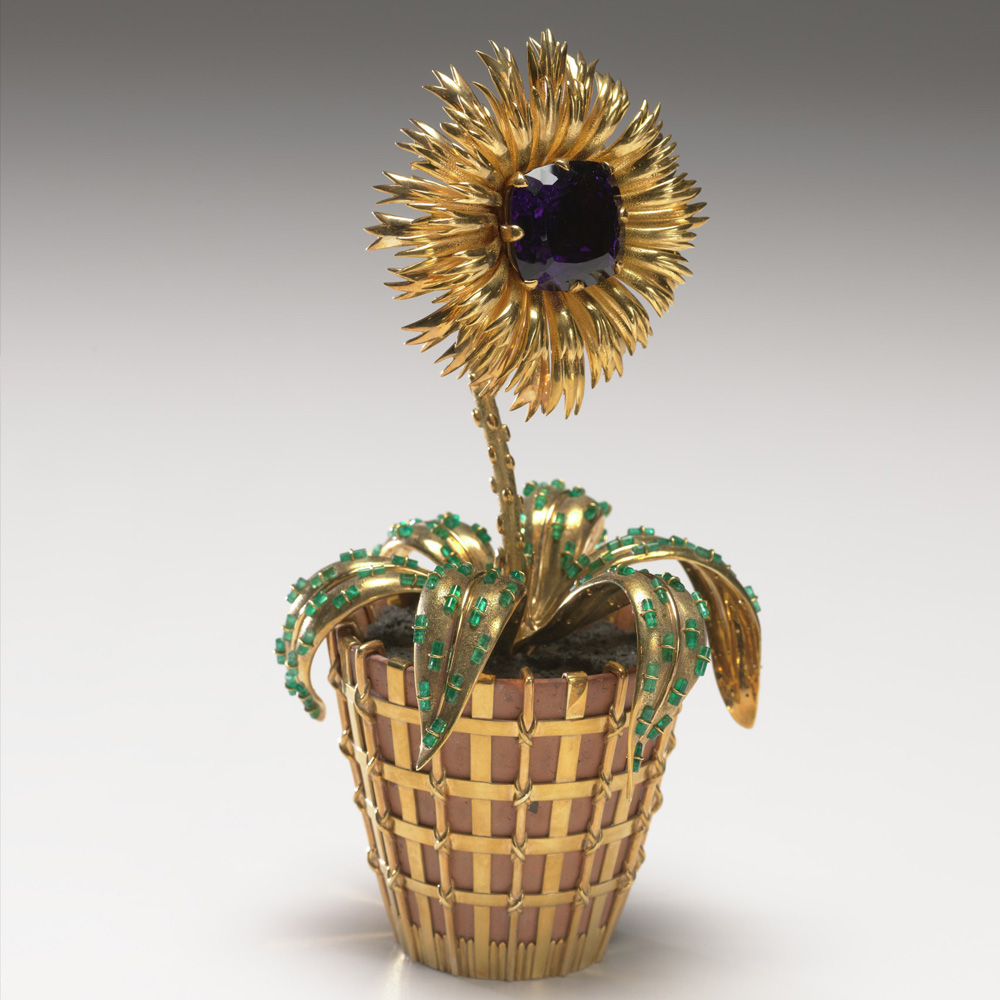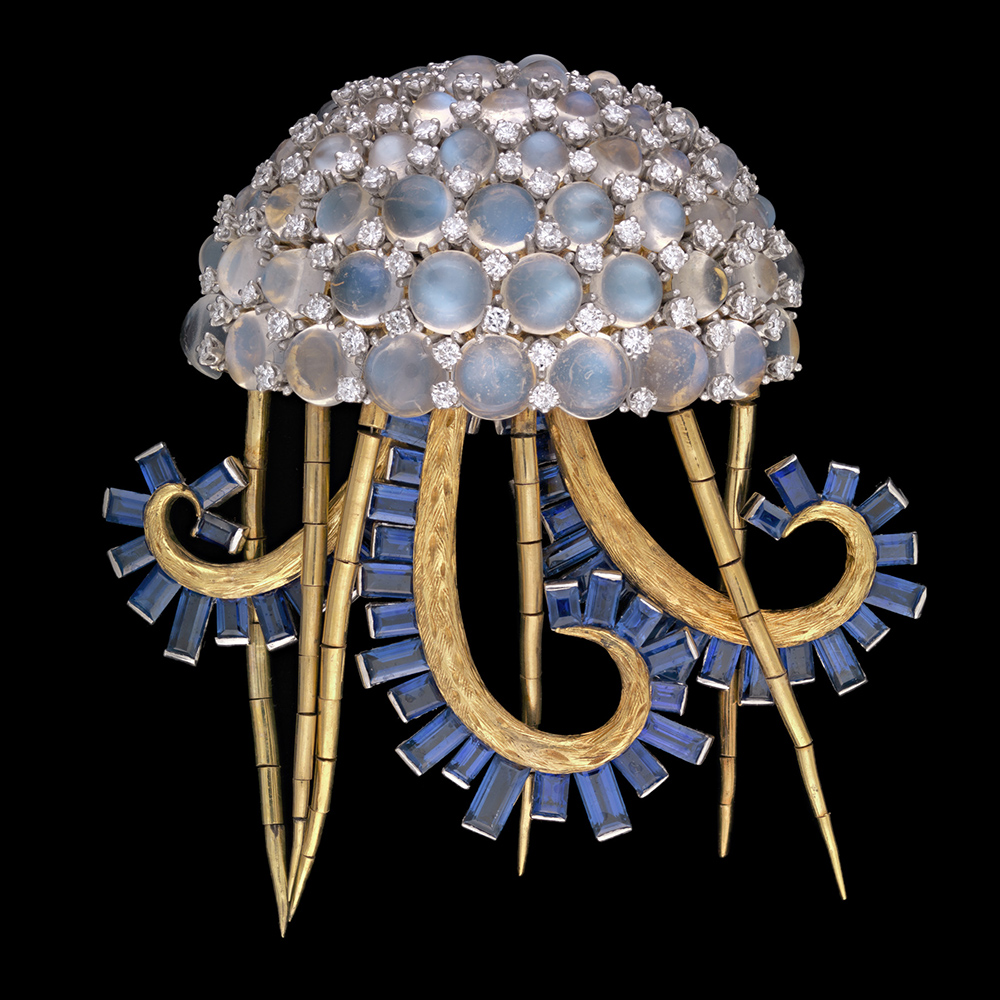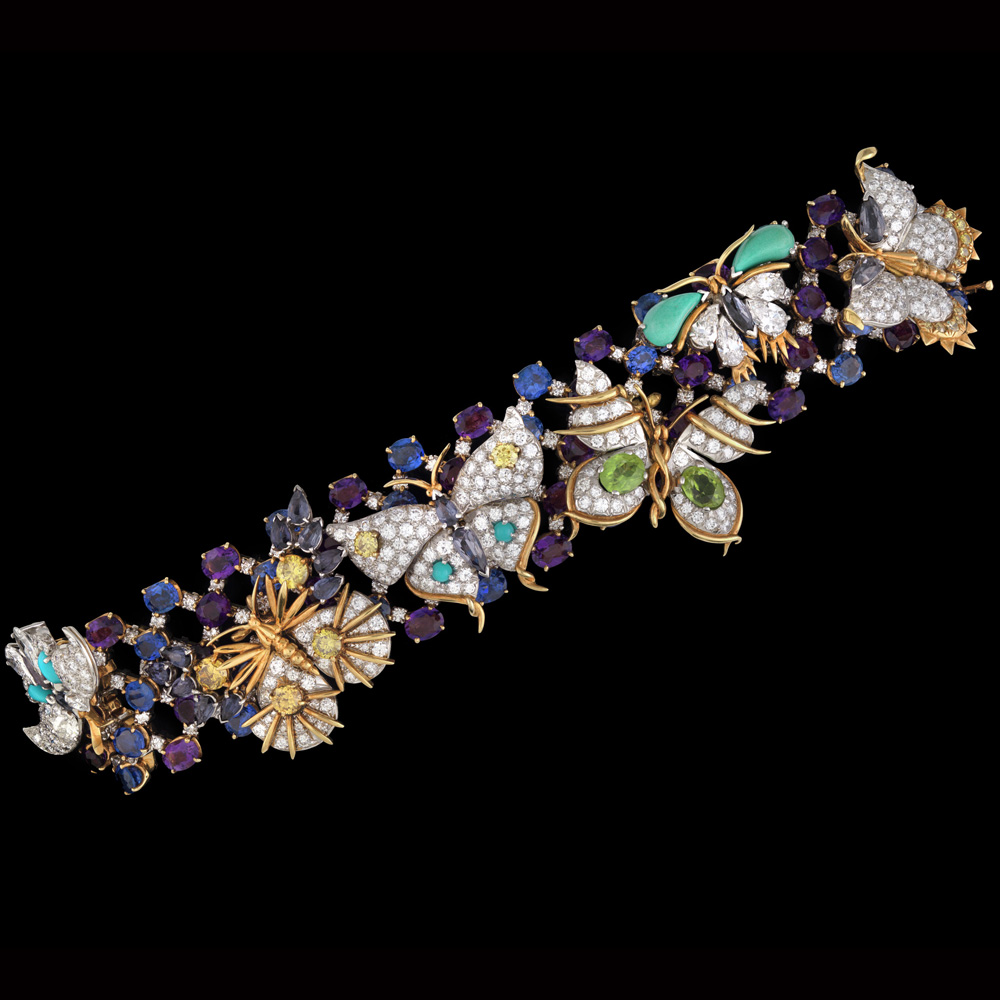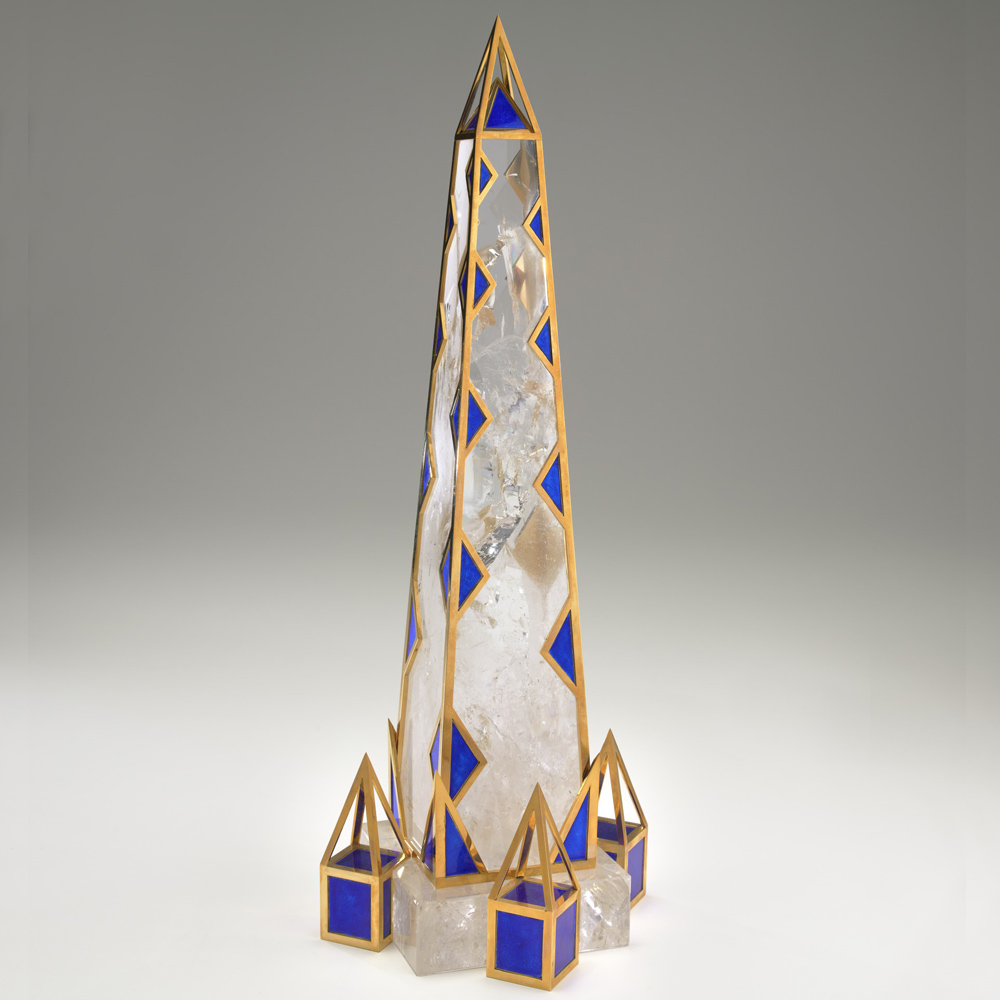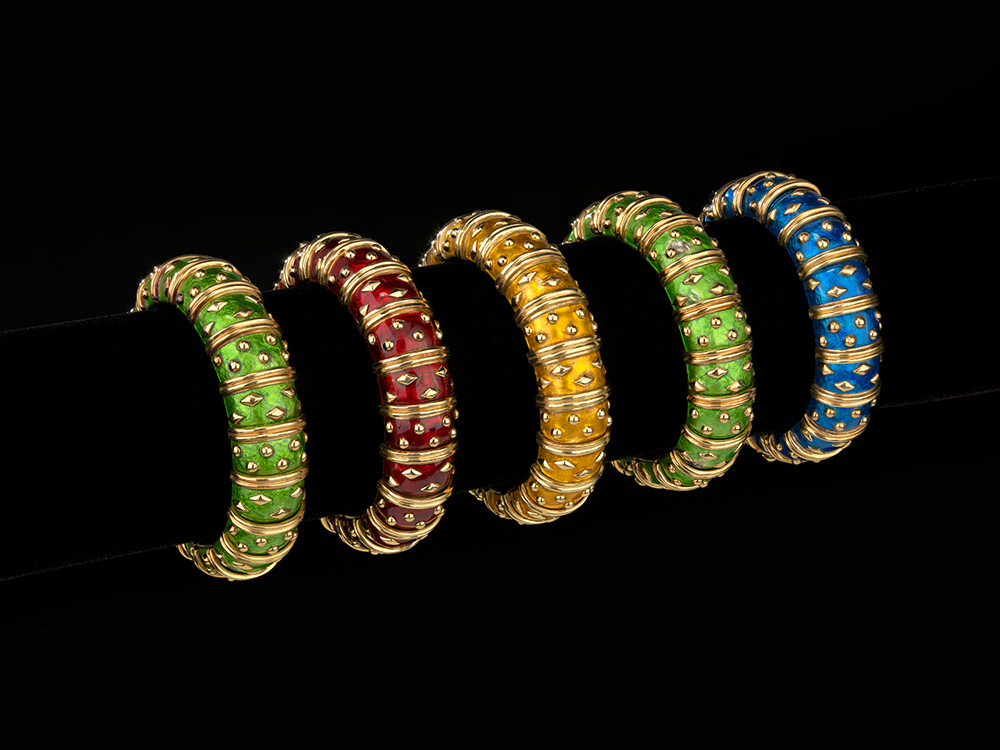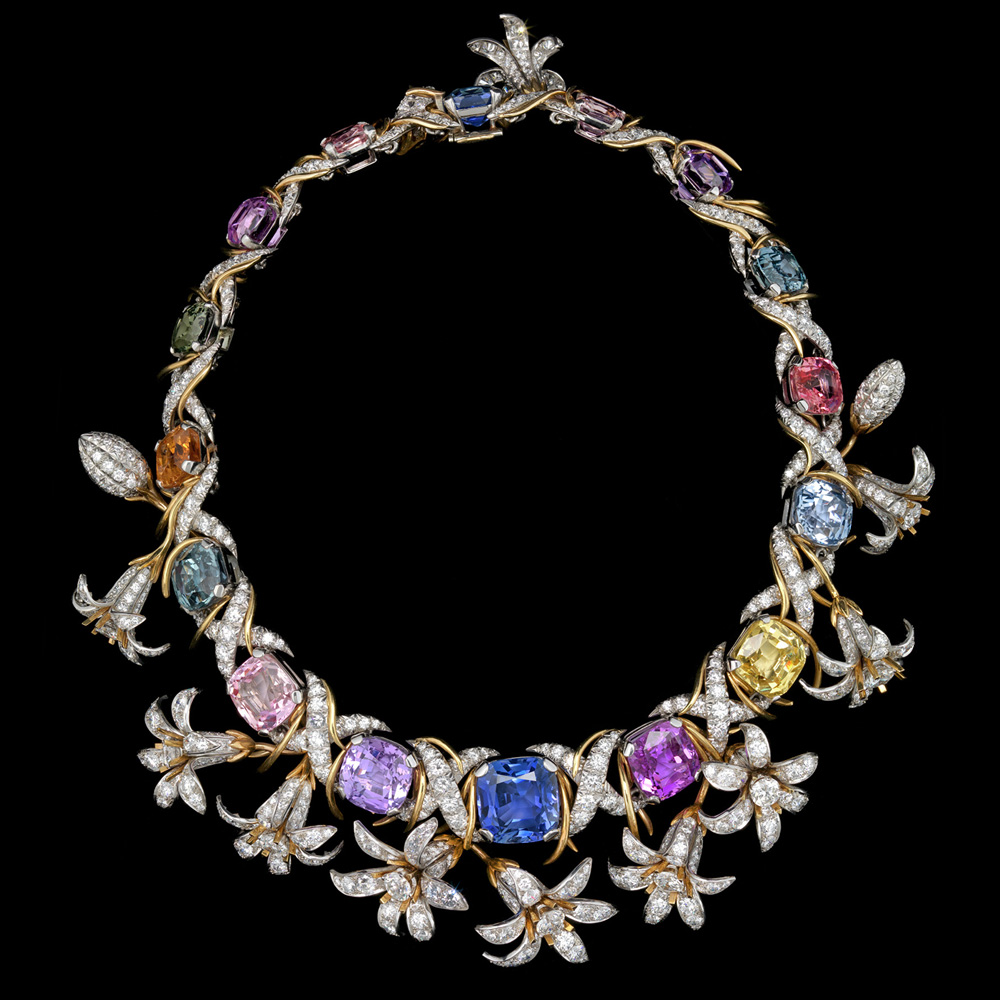Launch Audio Tour
Terracotta Army: Legacy of the First Emperor of China
Use your own mobile device and headphones and our free wi-fi to stream the audio tour in the galleries or enjoy the tour at home on your computer.
Launch Audio Tour
First discovered in 1974 by farmers in China, an underground army of nearly 8,000 life-size terracotta figures is known as one of the greatest archaeological finds of the 20th century. Discovered one mile east of the known burial site of the First Emperor of China (r. 221–210 BC), or Qin Shihuang, the terracotta army was created to accompany the emperor to the afterlife. This exhibition features ten majestic terracotta figures, including a cavalry horse, among 130 works that tell the story of China’s birth and one man’s lasting imprint on a nation.
The exhibition also features arms and armor, horse and chariot fittings, ritual bronze vessels, works in gold and silver, jade ornaments, precious jewelry, and ceramics. Excavated from the First Emperor’s mausoleum complex, as well as aristocratic and nomadic tombs, the objects date from the Eastern Zhou dynasty (770–256 BC) through the Qin dynasty (221–206 BC) and represent the complex history, myths, and burial customs of ancient China. They also explore the First Emperor’s profound influence on Chinese history.
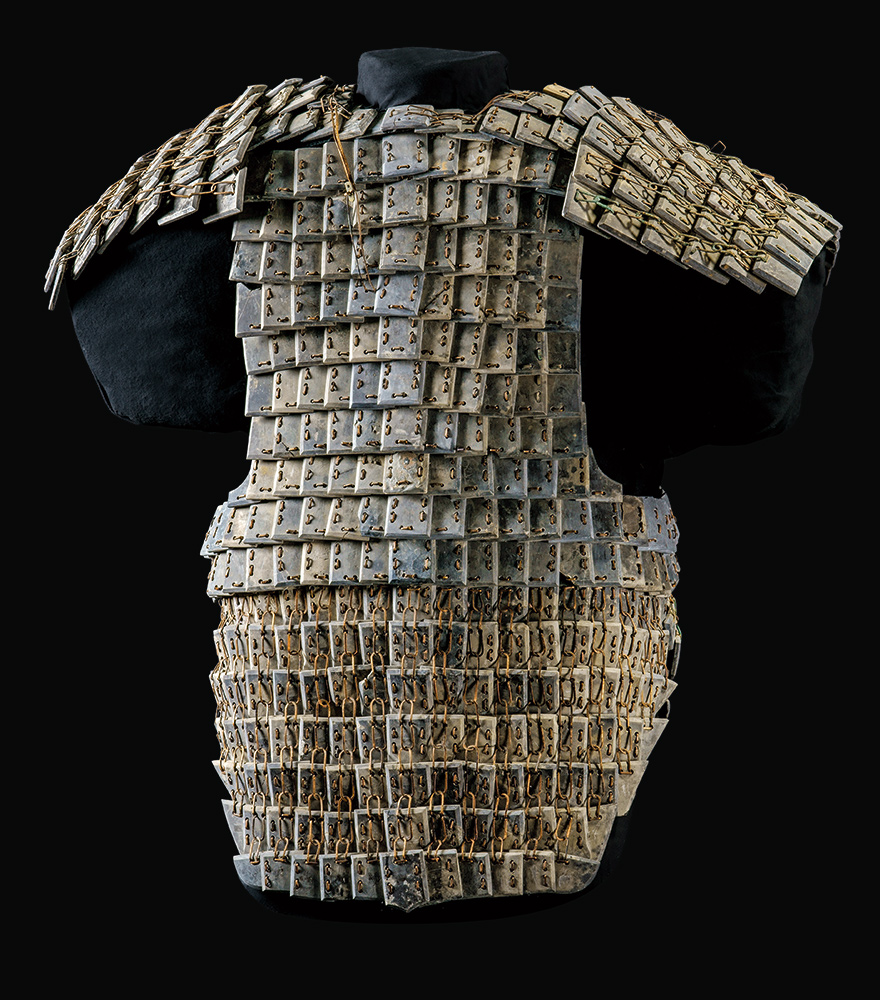
Armor, Qin Dynasty (221–206 BC), limestone. Excavated from Pit K9801, Qin Shihaung’s Mausoleum, 1999. (© Emperor Qin Shihaung’s Mausoleum Site Museum)
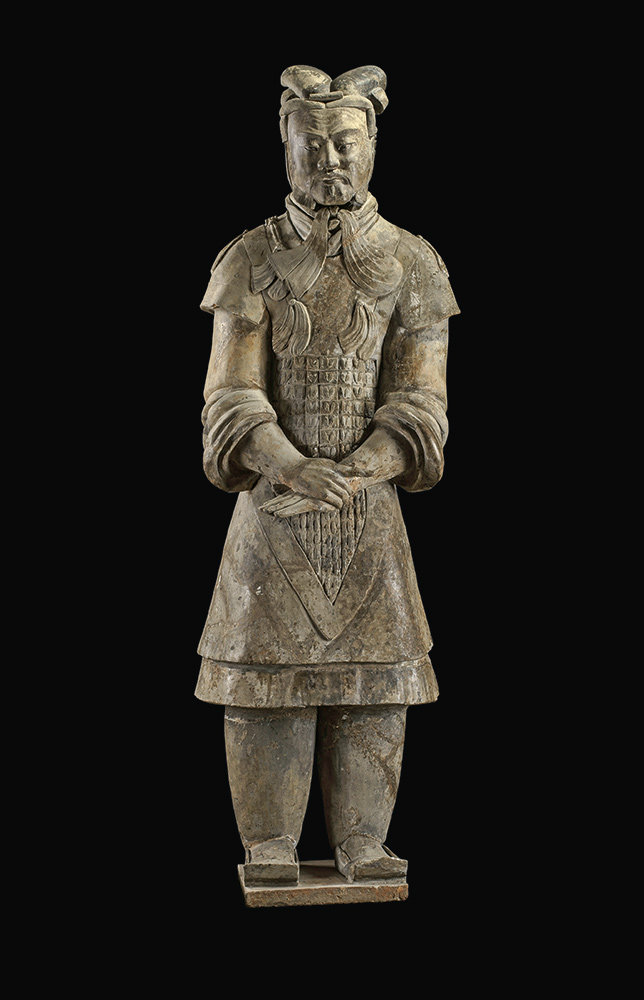
Armored General, Qin Dynasty (221–206 BC), earthenware. Excavated from Pit 1, Qin Shihaung’s Mausoleum, 1977. (© Emperor Qin Shihaung’s Mausoleum Site Museum)
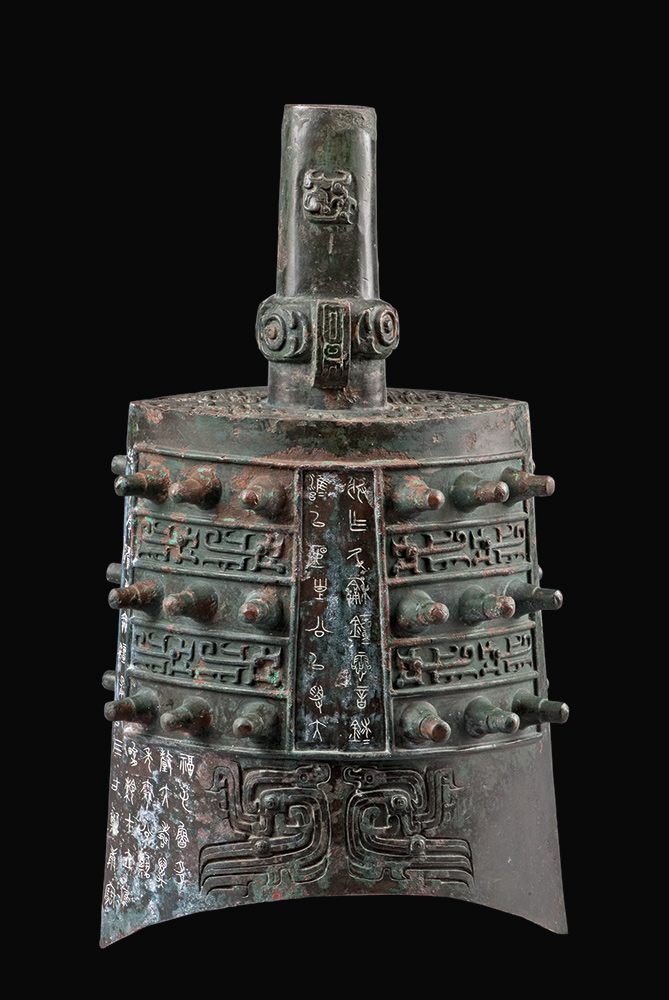
Ritual Bell, Spring and Autumn Period, Duke Wu of Qin (697–678 BC), bronze. Excavated at Taigongmiaocun, Chencang, Baoji, 1978. (© Baoji Bronze Ware Museum)
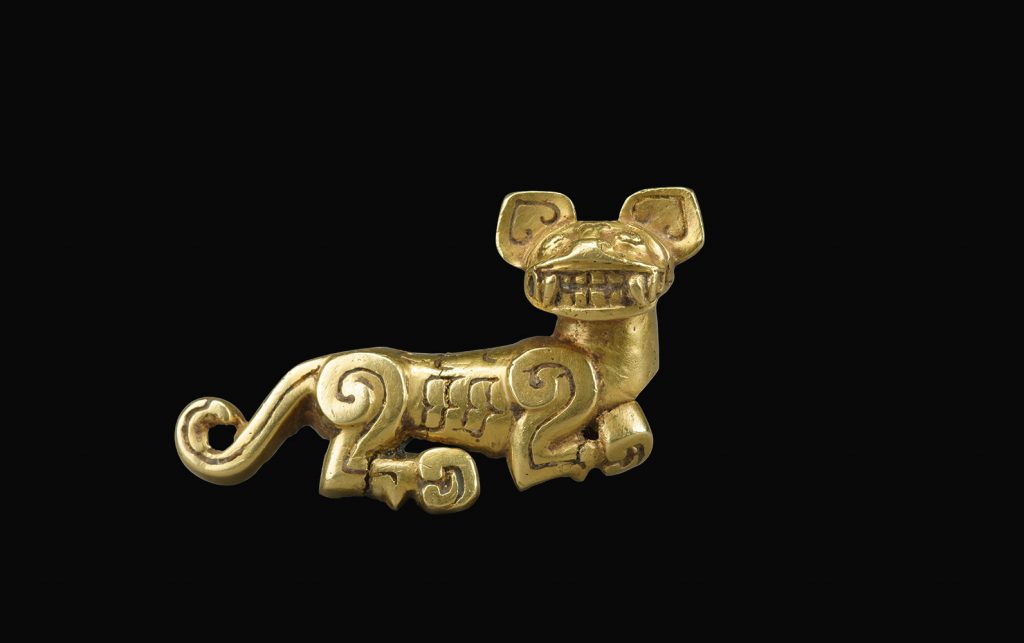
Tiger, Spring and Autumn Period (770–476 BC), gold. Excavated from Fengxiangxian, Baoji, 1979. (© Xi’an Museum)
Gathered from fourteen museums and archaeological institutes across Shaanxi Province, China, the works provide insights into Qin history, the creation of a unified China, the First Emperor’s rise to power, and his quest for immortality. More than 40 objects in the exhibition have never before been on view in the United States. Terracotta Army is the first exhibition the Virginia Museum of Fine Arts has presented in its 80-year history that is devoted to the art and archaeology of ancient China.
Organized by the Virginia Museum of Fine Arts and the Cincinnati Art Museum, in partnership with Shaanxi Provincial Cultural Relics Bureau, Shaanxi History Museum (Shaanxi Cultural Heritage Promotion Center), and Emperor Qin Shihuang’s Mausoleum Site Museum of the People’s Republic of China. The exhibition is curated by Li Jian, VMFA E. Rhodes and Leona B. Carpenter Curator of East Asian Art, and Hou-mei Sung, Cincinnati Art Museum Curator of Asian Art.
Explore Emperor Qin Shihuang’s Mausoleum Site
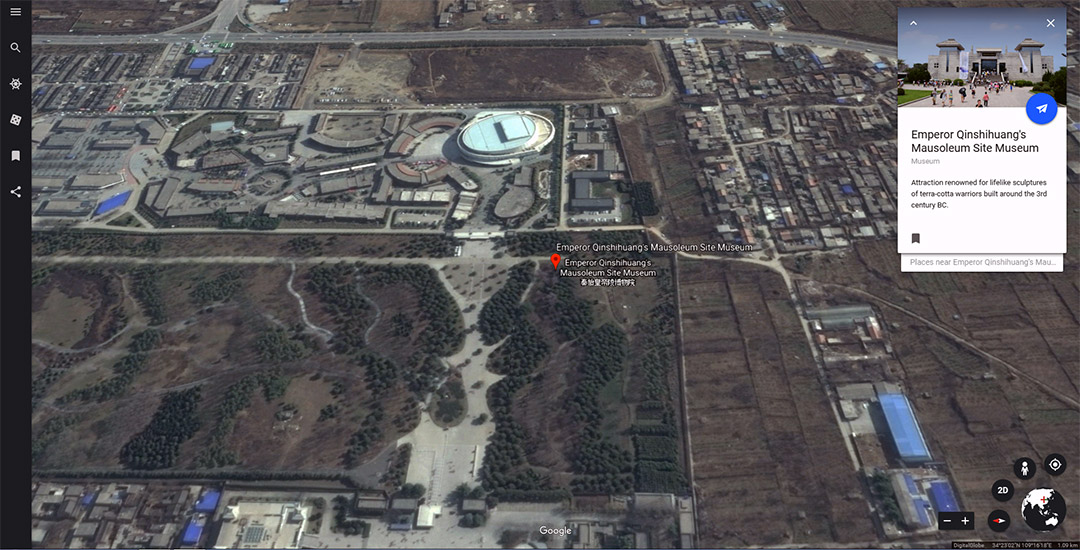
Sponsors
Terracotta Army: Legacy of the First Emperor of China is presented by:
The Julia Louise Reynolds Fund
The Anne Carter and Walter R. Robins, Jr. Foundation
Virginia H. Spratley Charitable Fund II
Dr. Donald S. and Beejay Brown Endowment
The Community Foundation Serving Richmond and Central Virginia
Mrs. Frances Massey Dulaney
Jeanann Gray Dunlap Foundation
Dr. and Mrs. Steven E. Epstein
Frank Qiu and Ting Xu of Evergreen Enterprises
Norfolk Southern Corporation
Richard S. Reynolds Foundation
Stauer
Mr. and Mrs. Fred T. Tattersall
The Charles G. Thalhimer Fund
Ellen Bayard Weedon Foundation
YHB | CPAs & Consultants
Ongoing support for VMFA’s exhibition program is provided by the following endowments: the Dr. Donald S. and Beejay Brown Endowment, the Council Exhibition Fund, the Lettie Pate Whitehead Evans Exhibition Endowment, the Fabergé Ball Endowment, and the Julia Louise Reynolds Fund.
